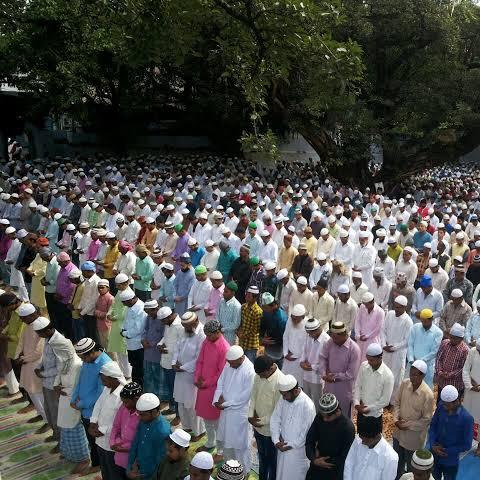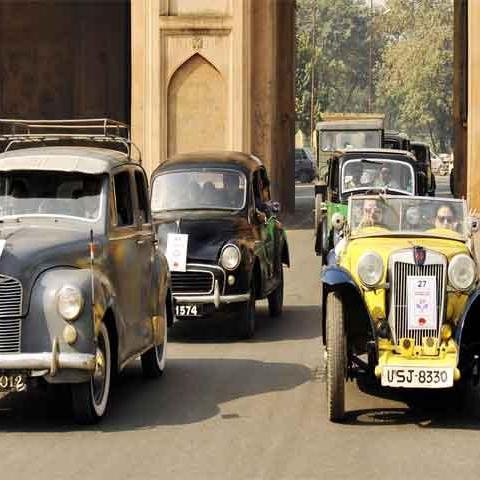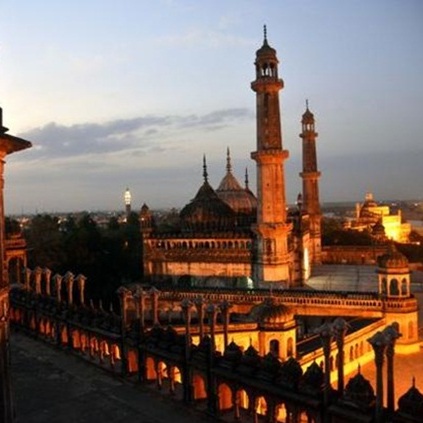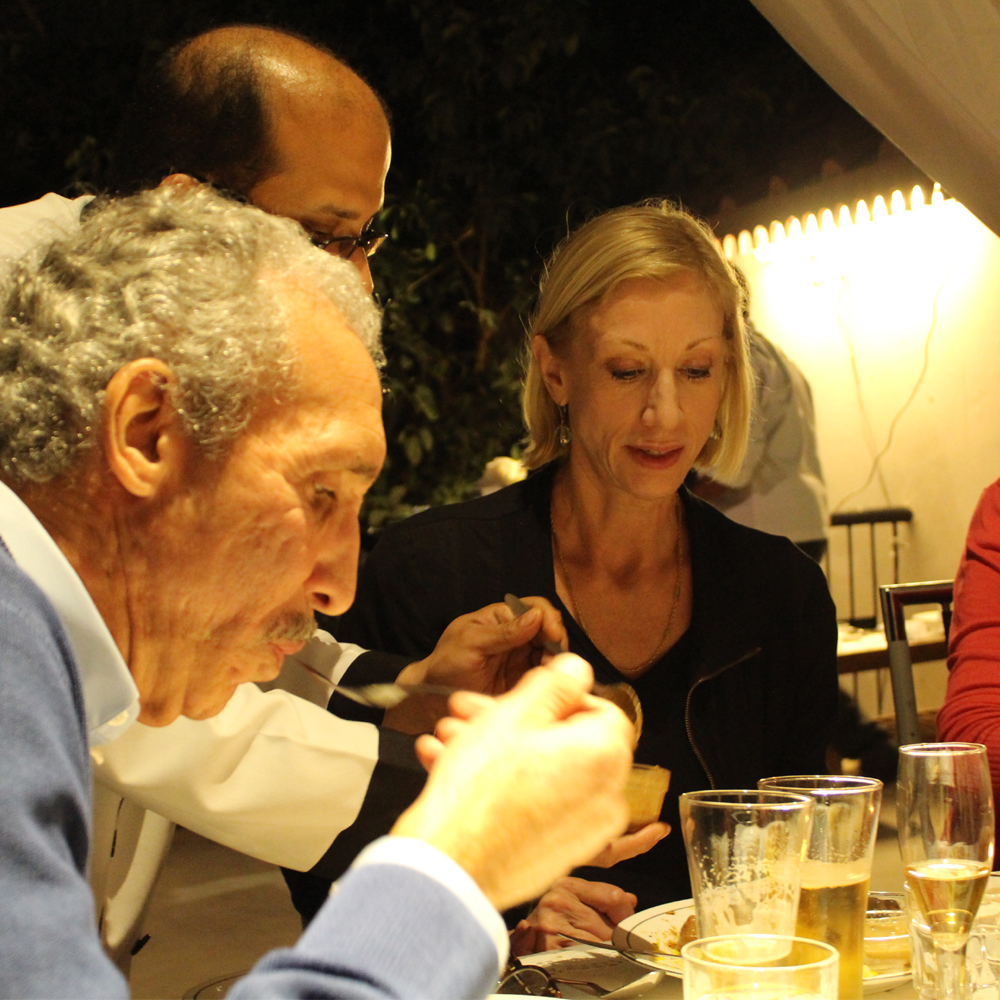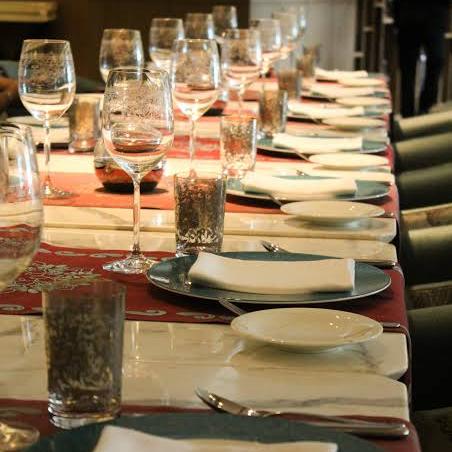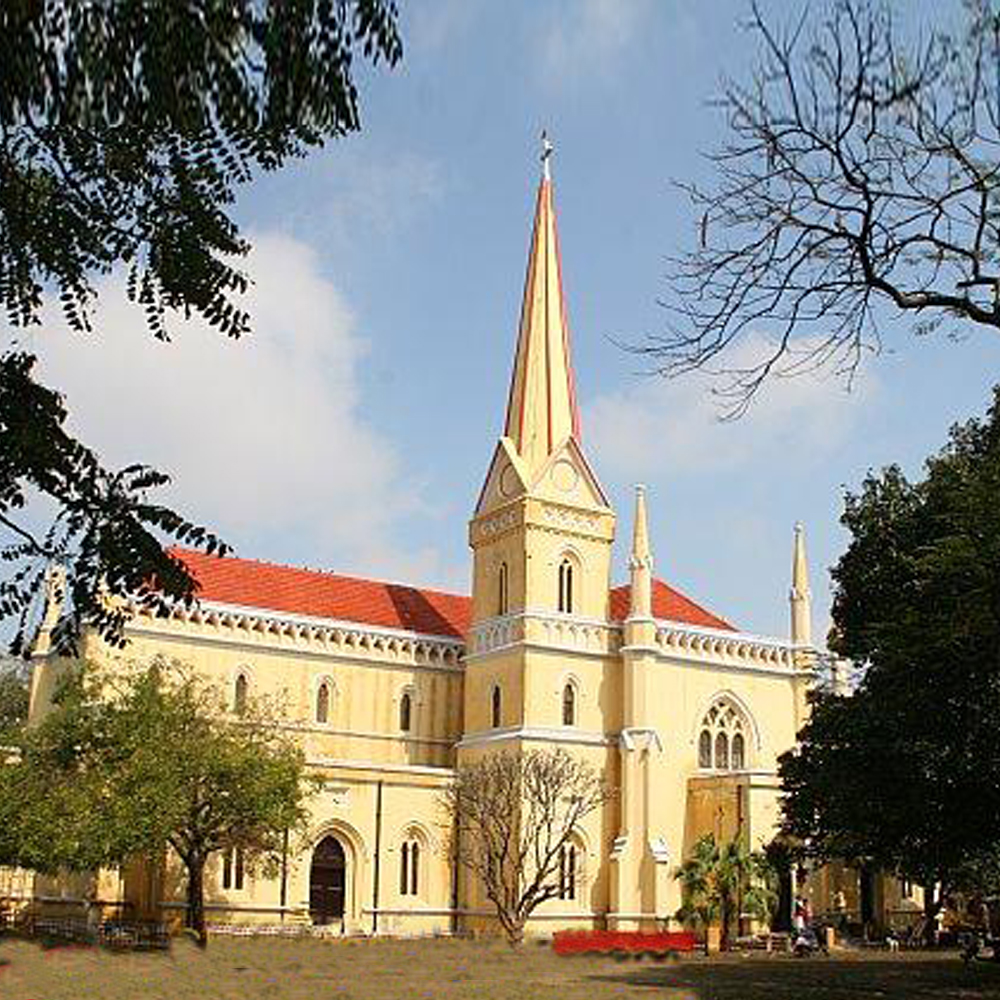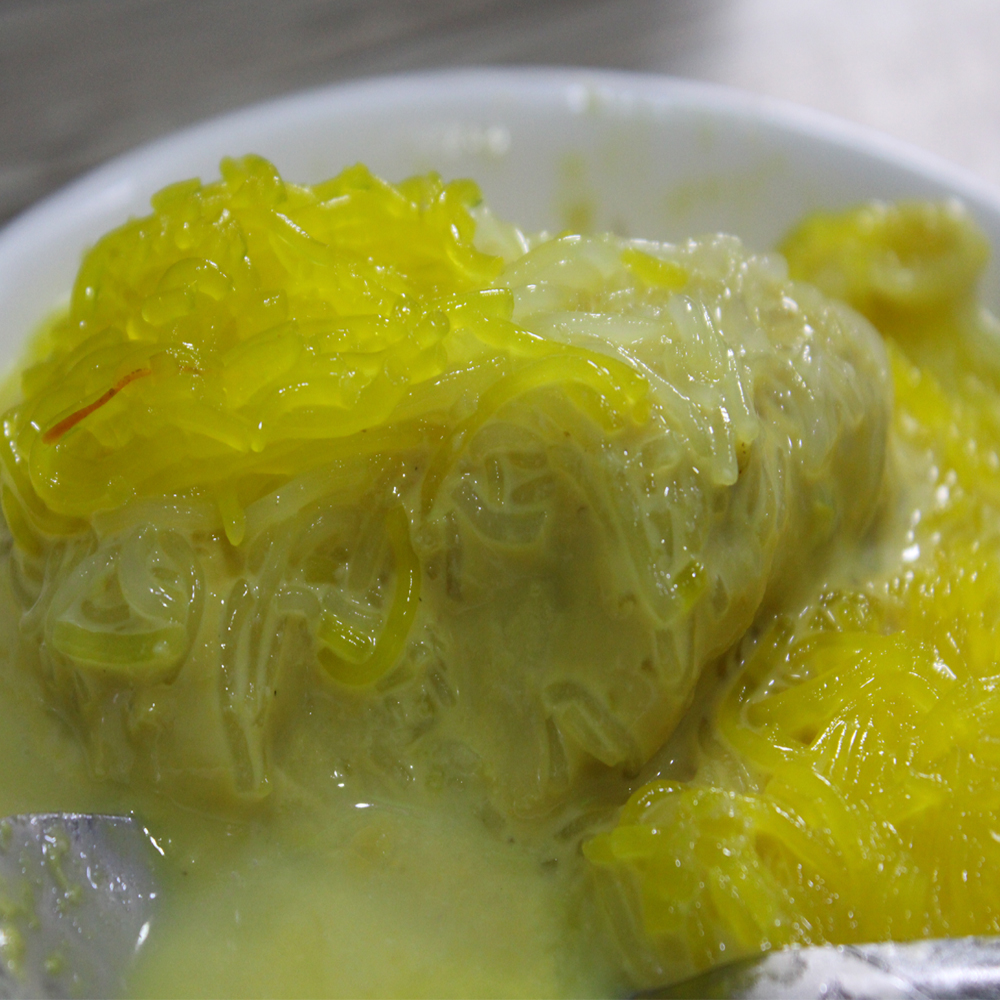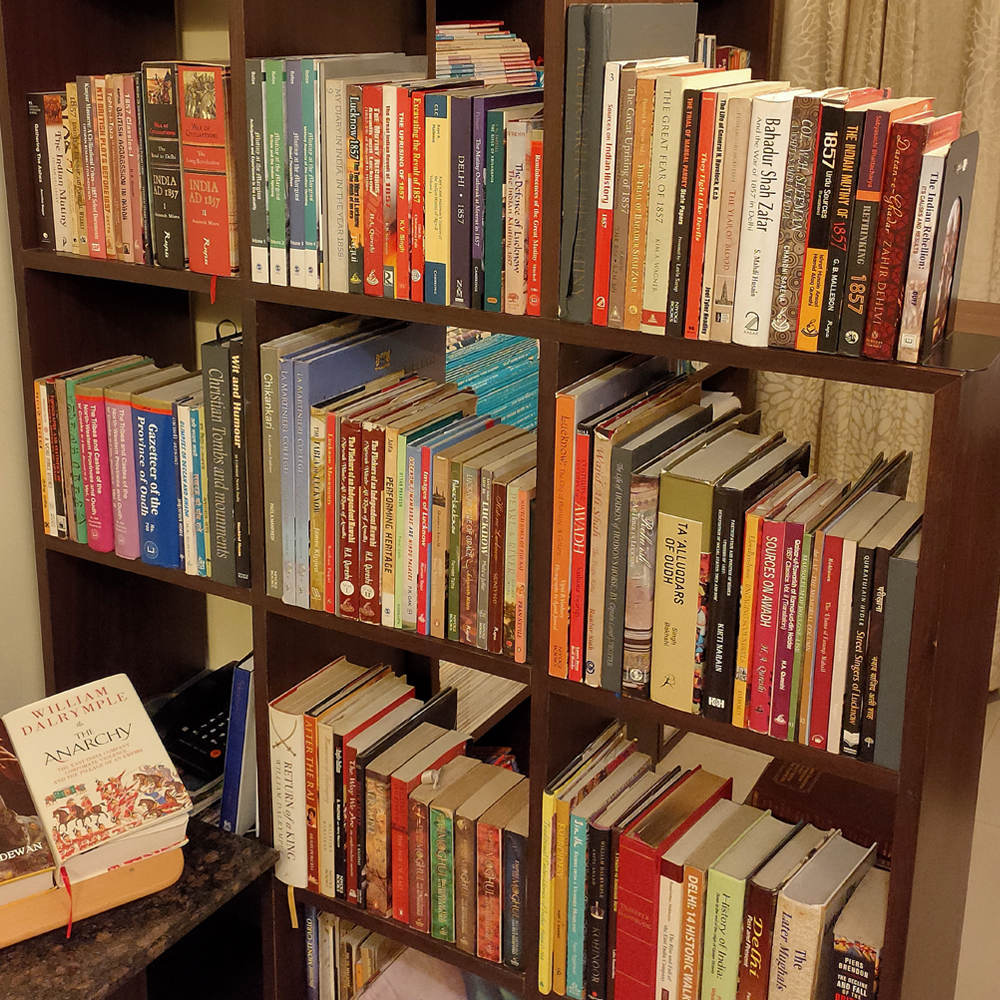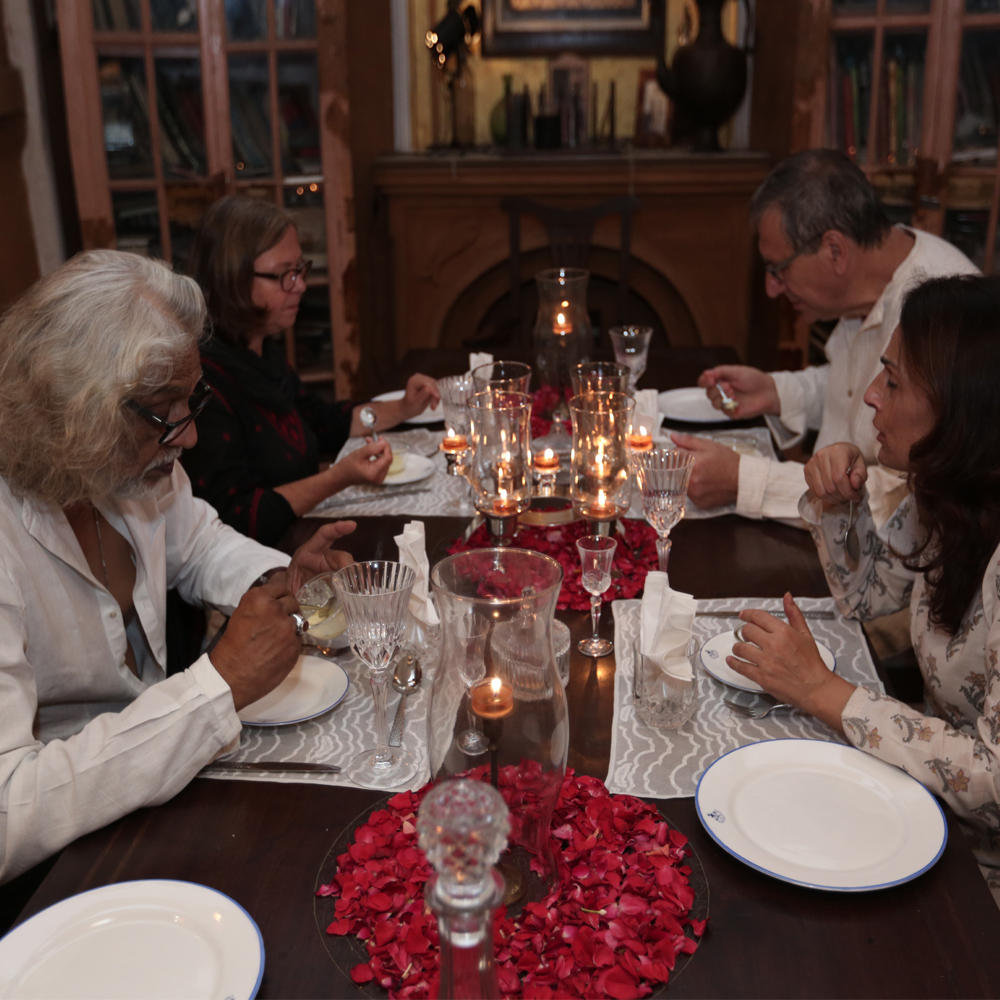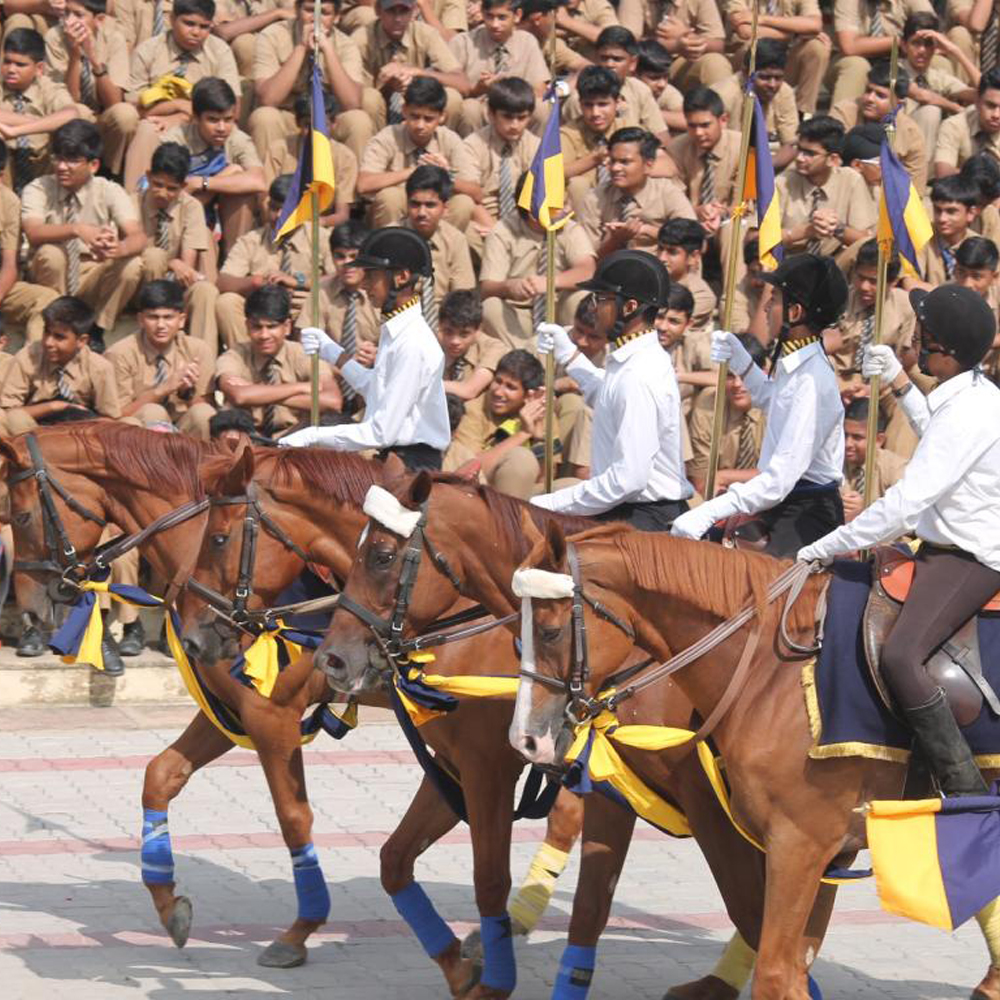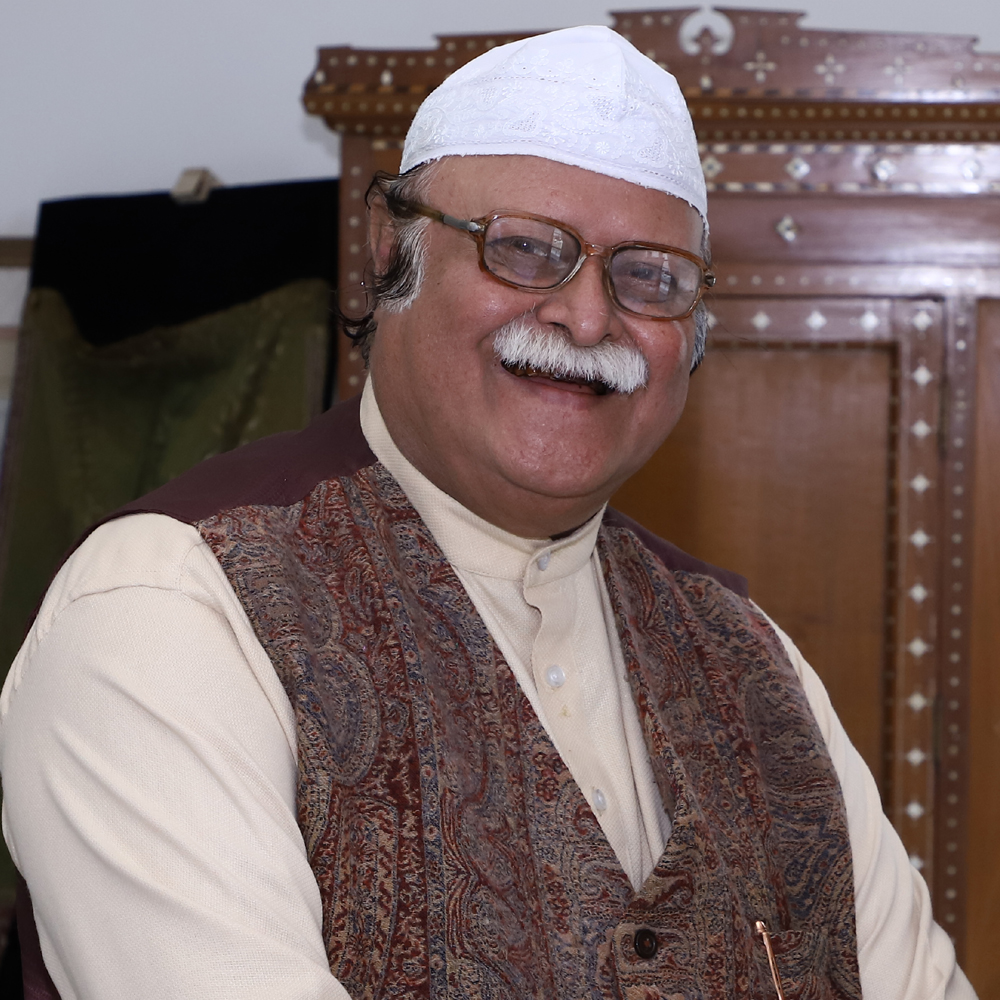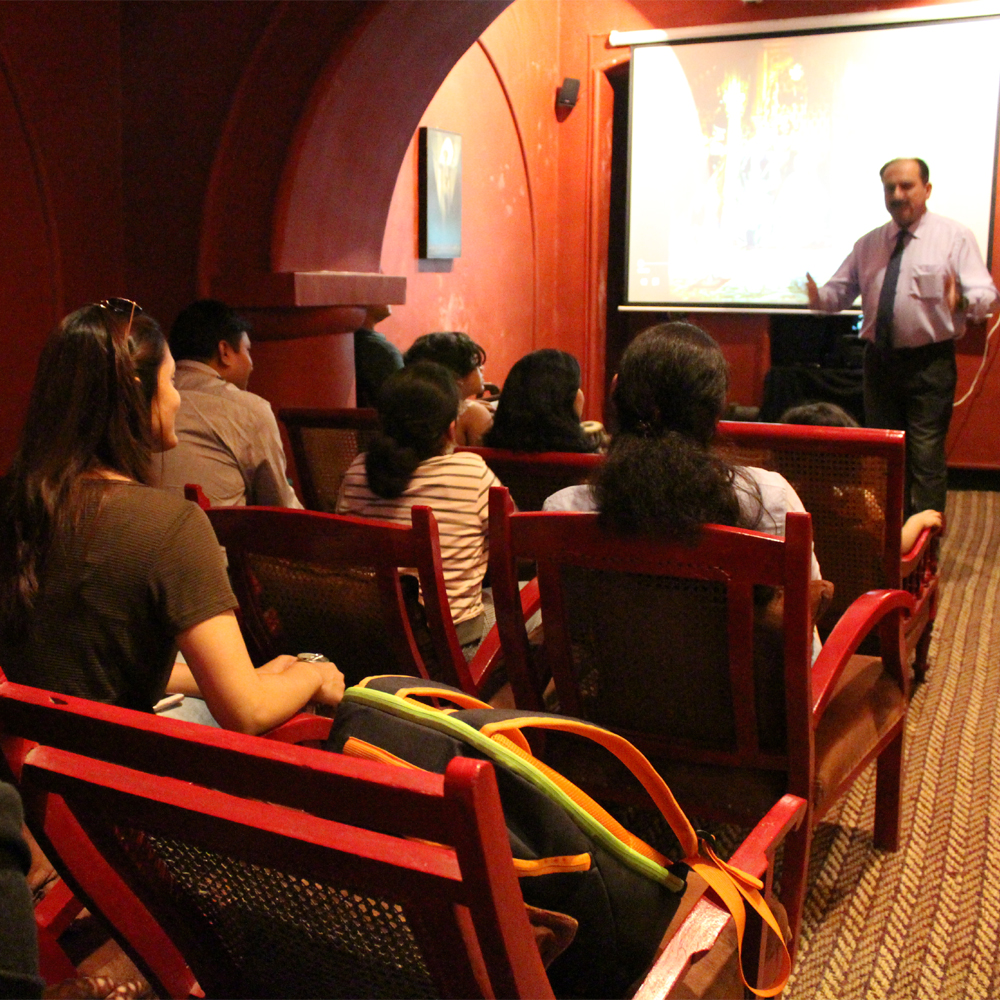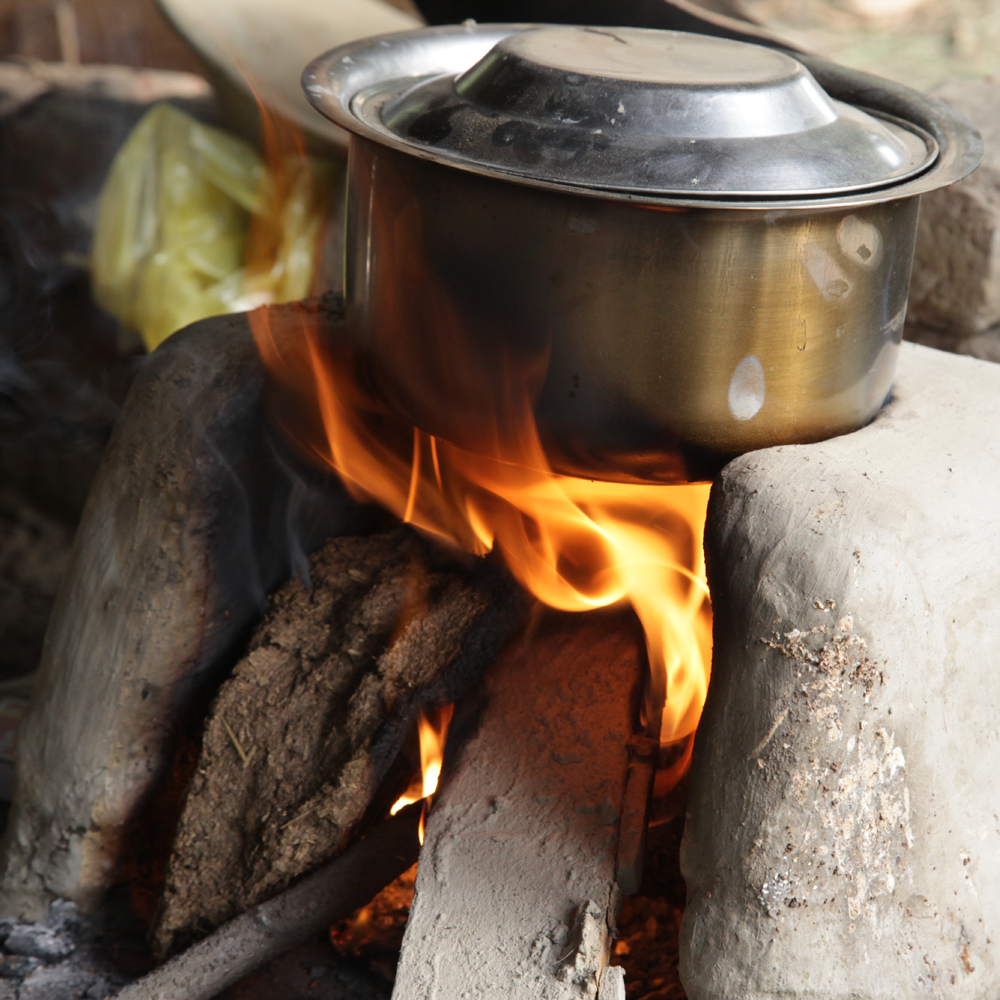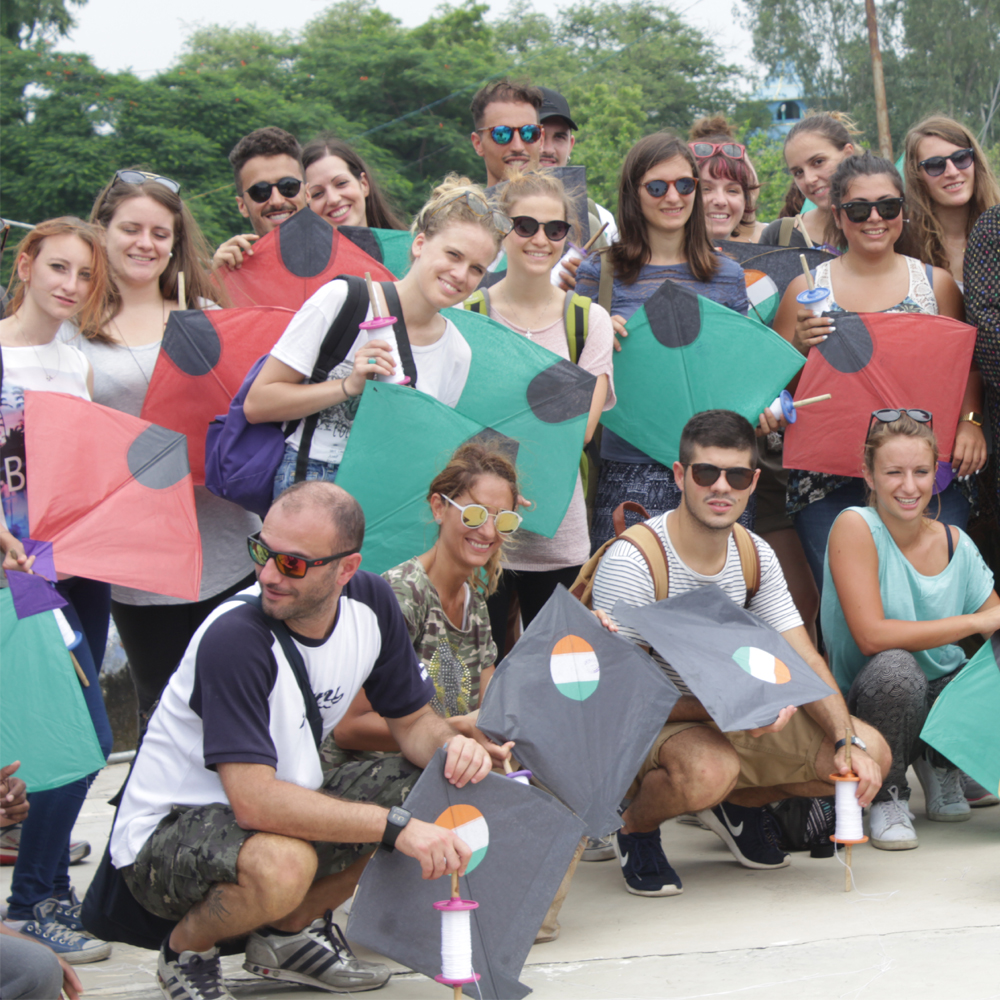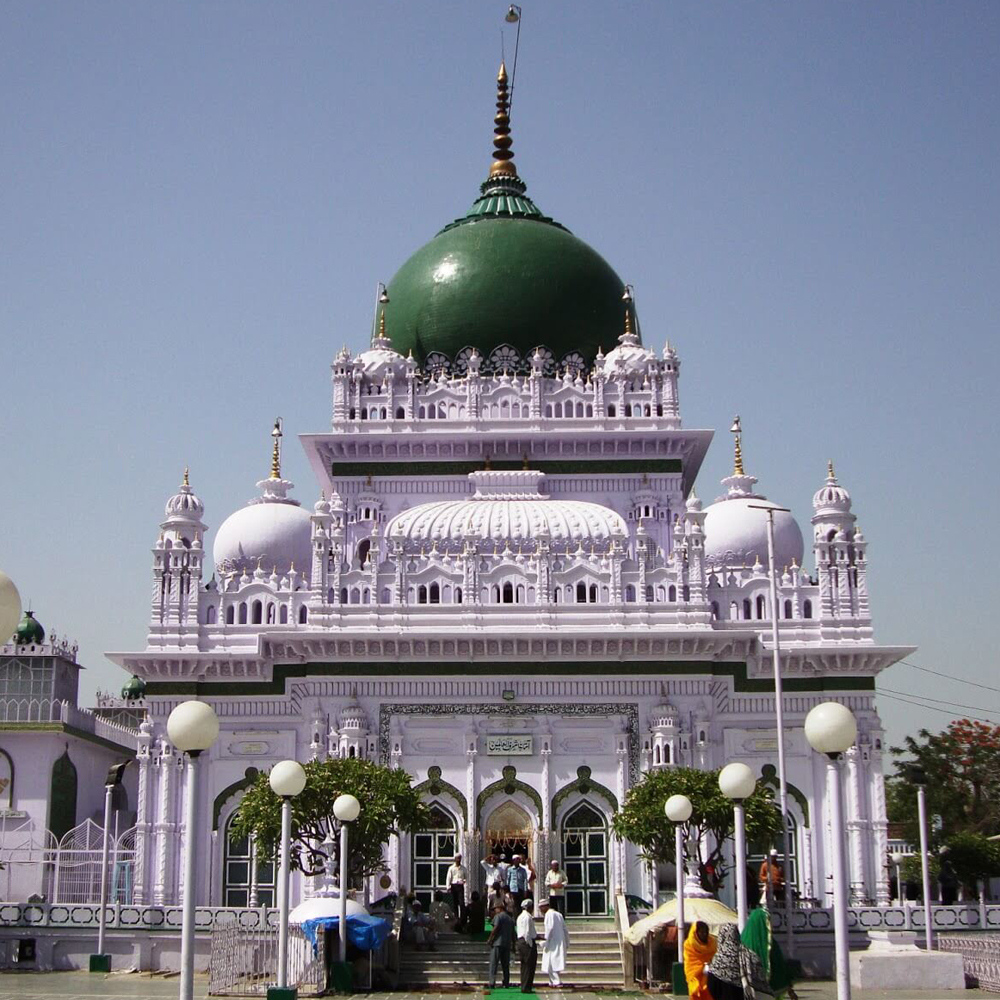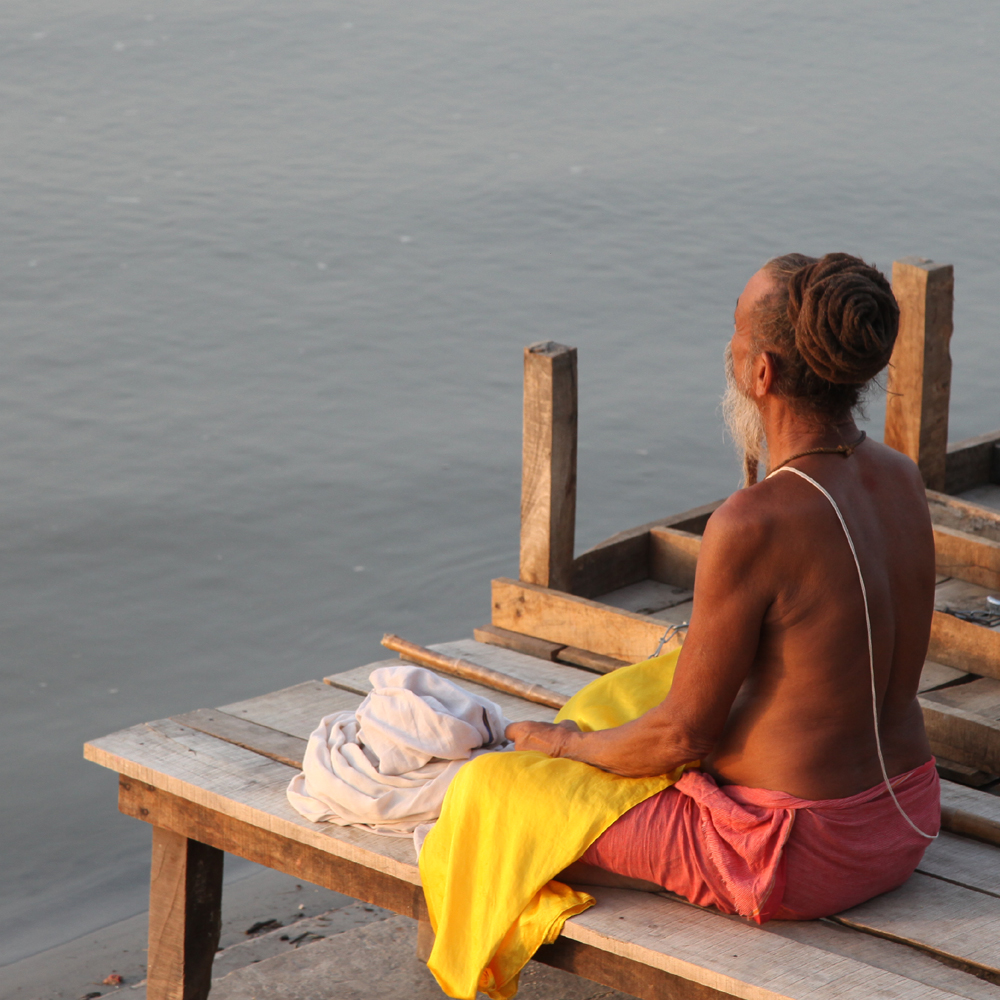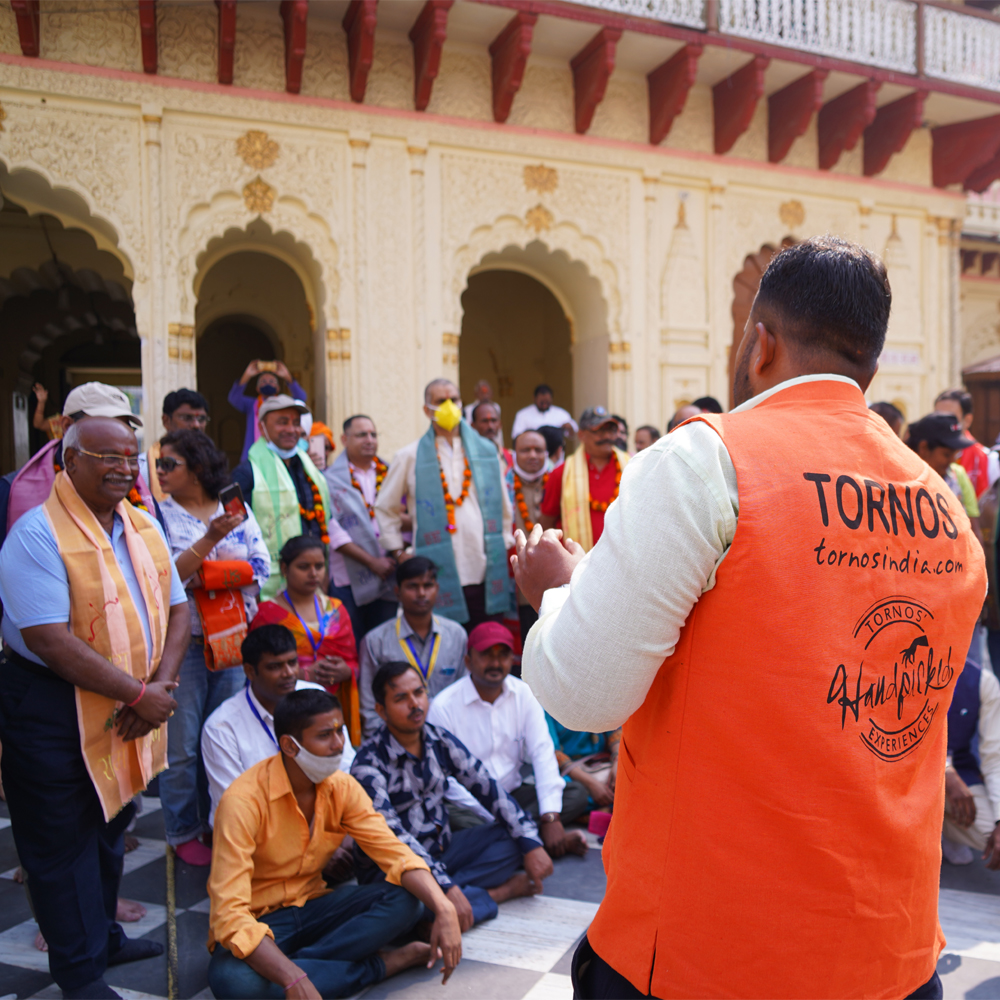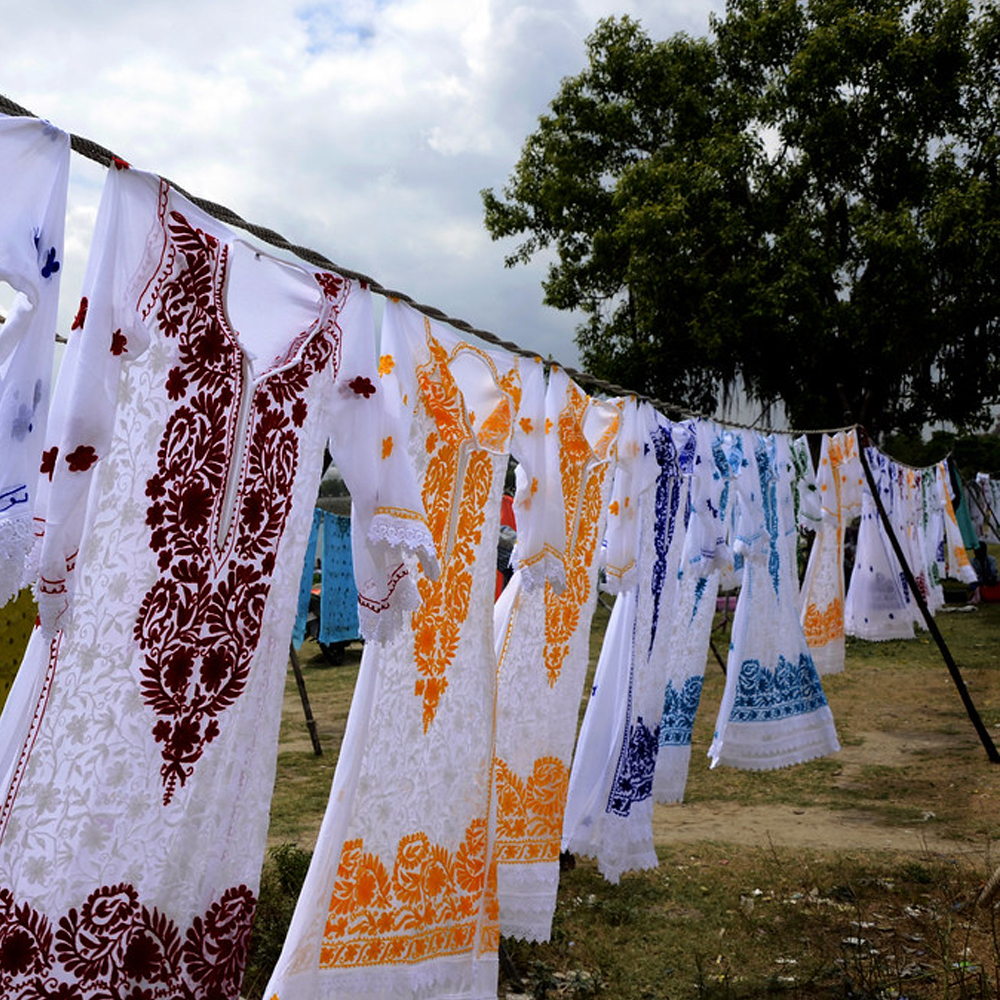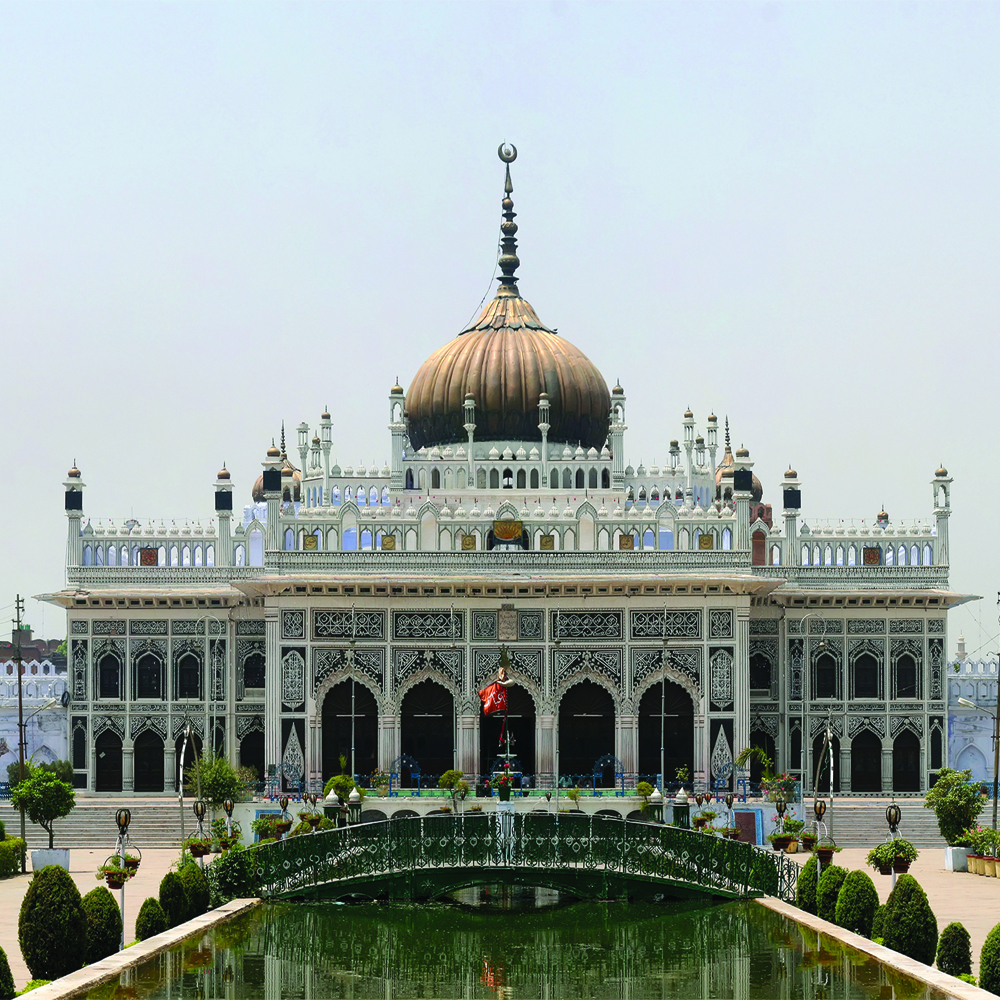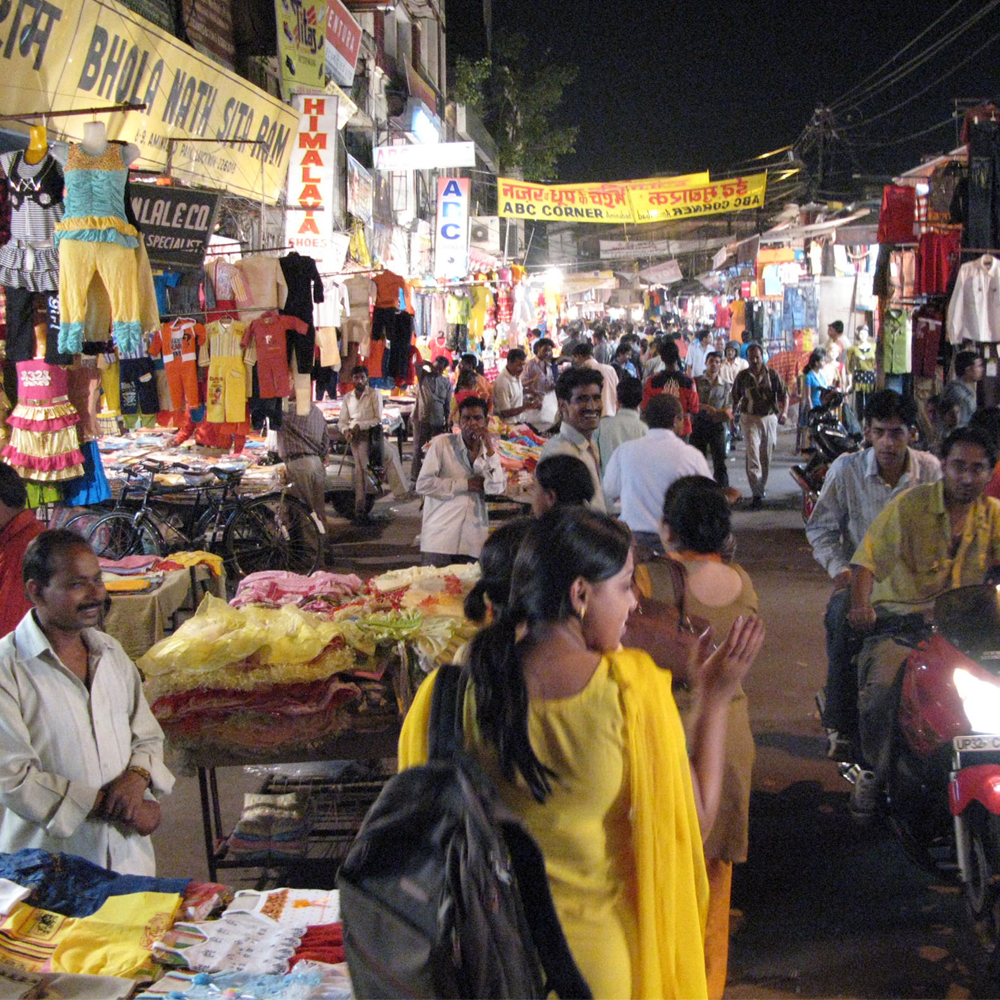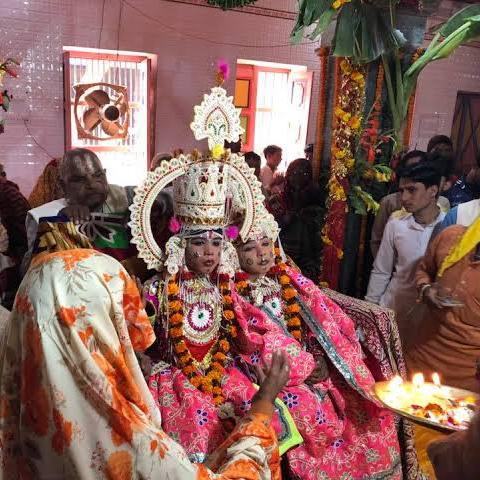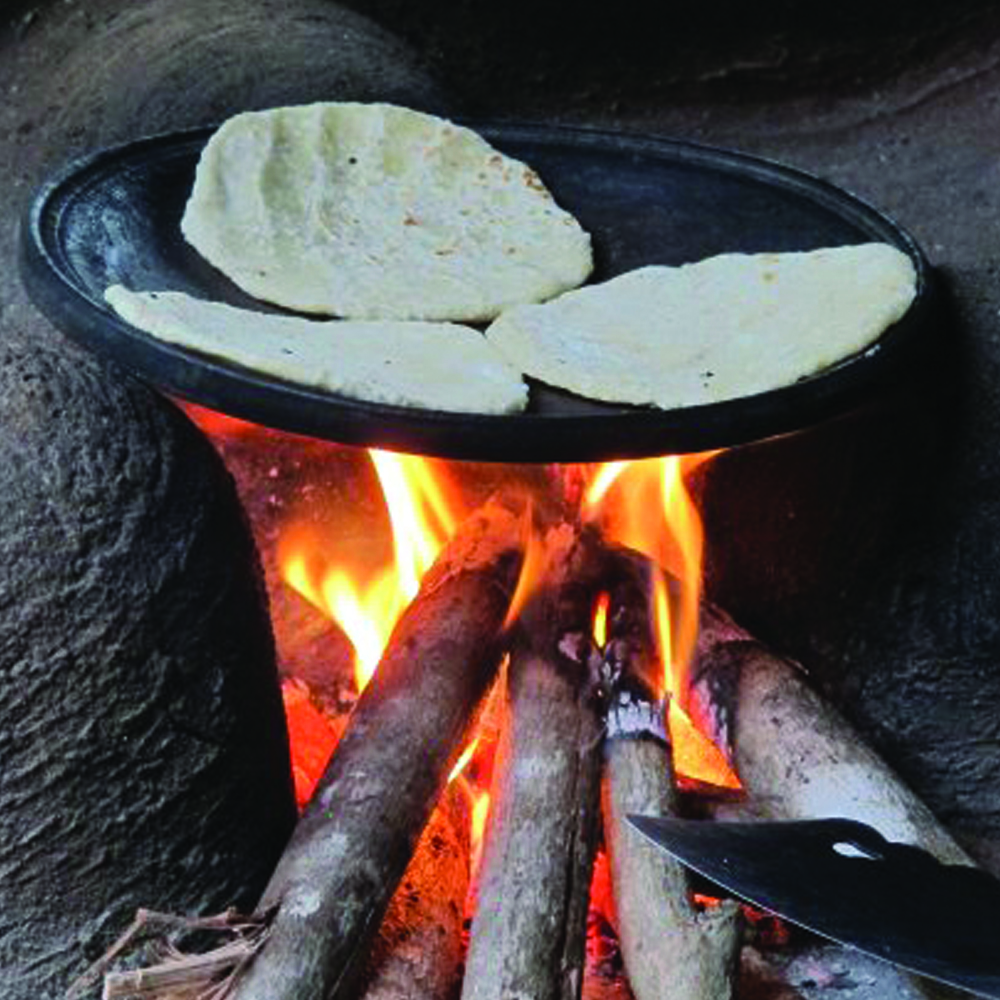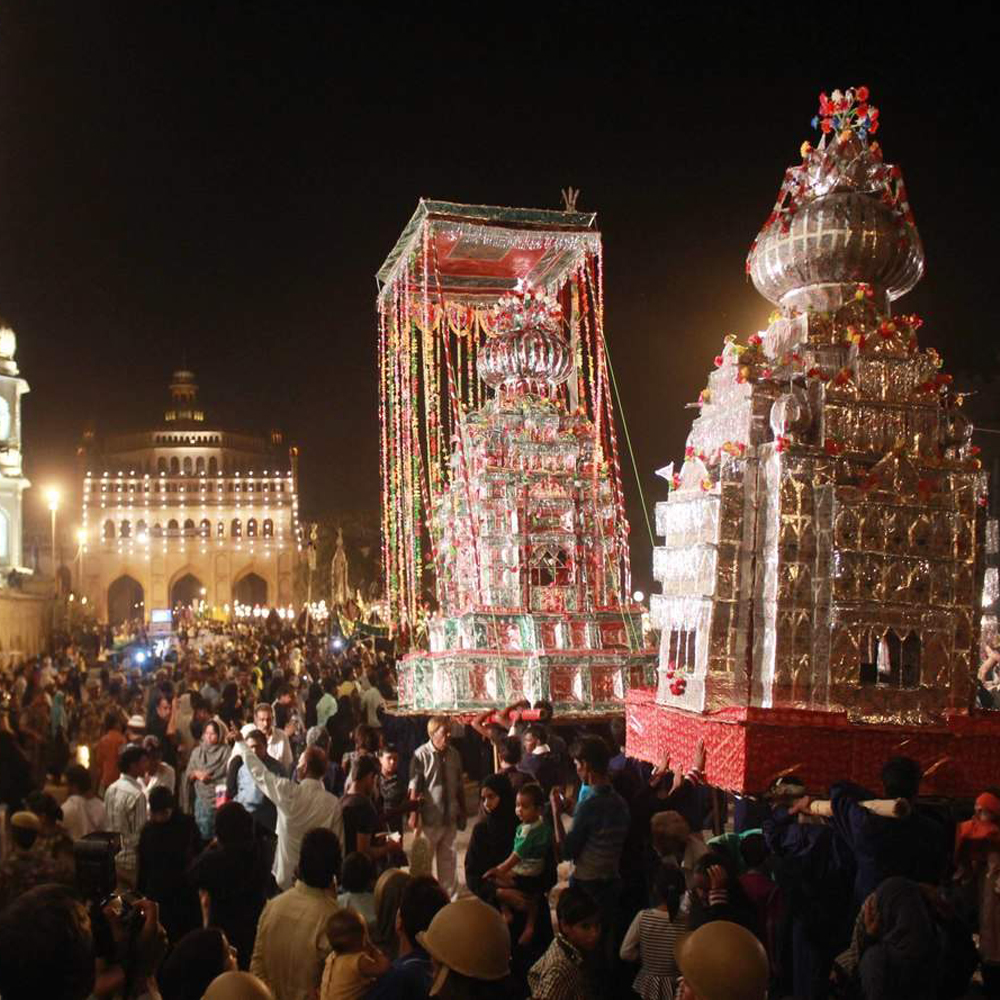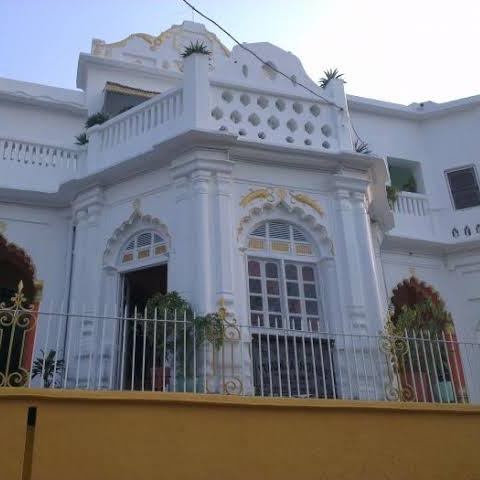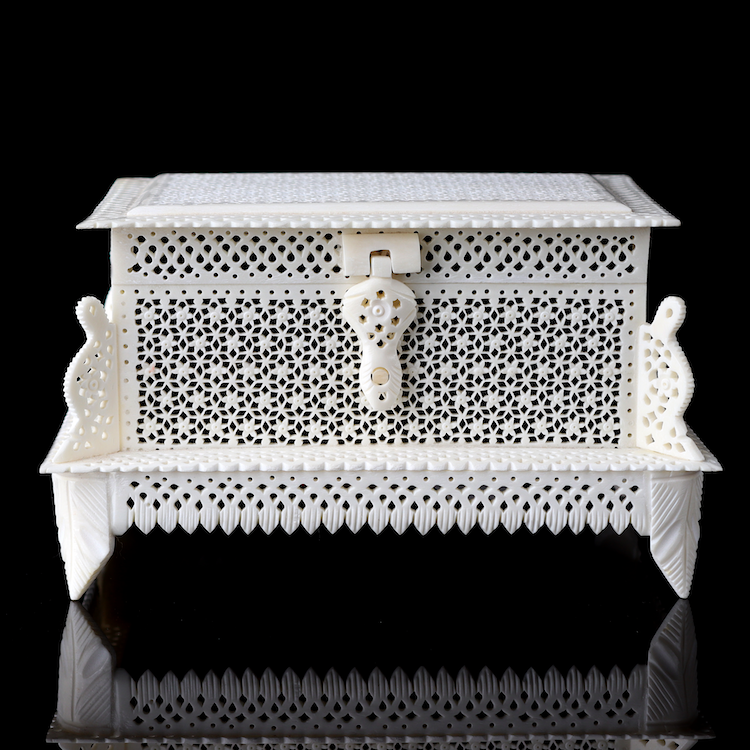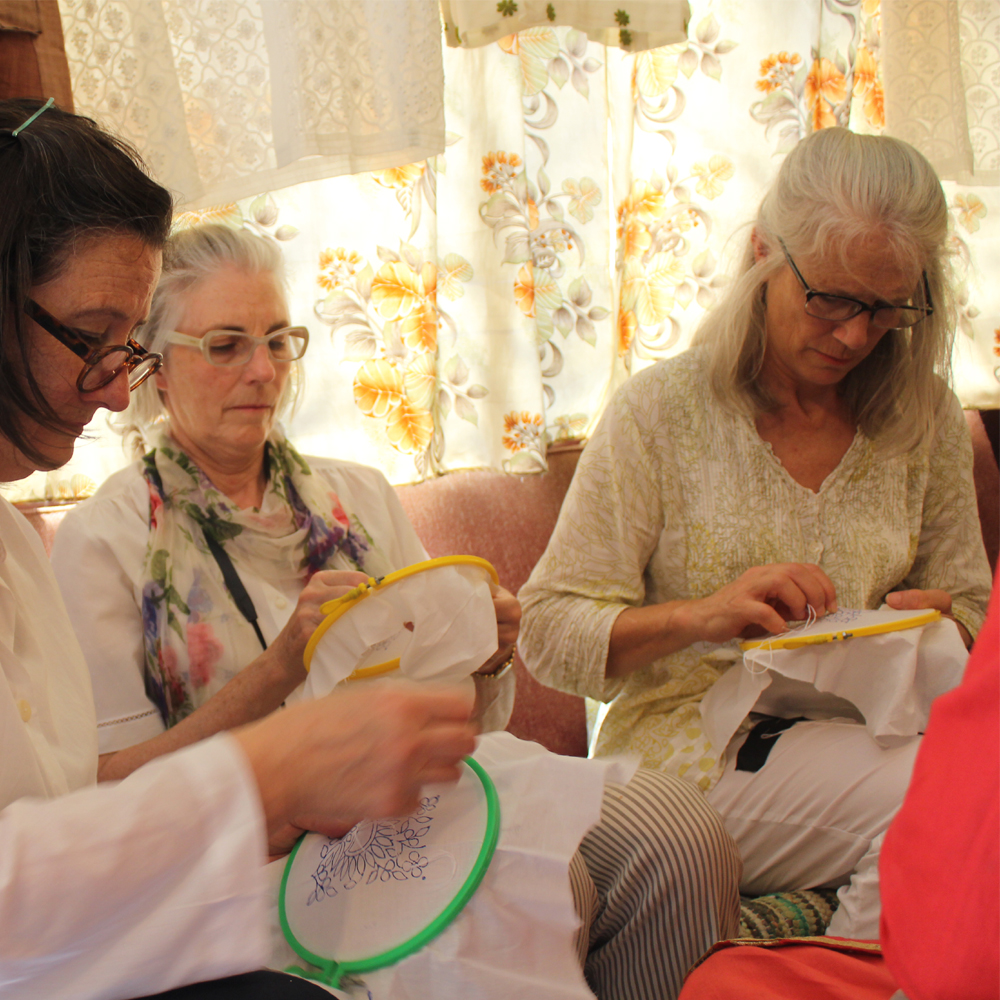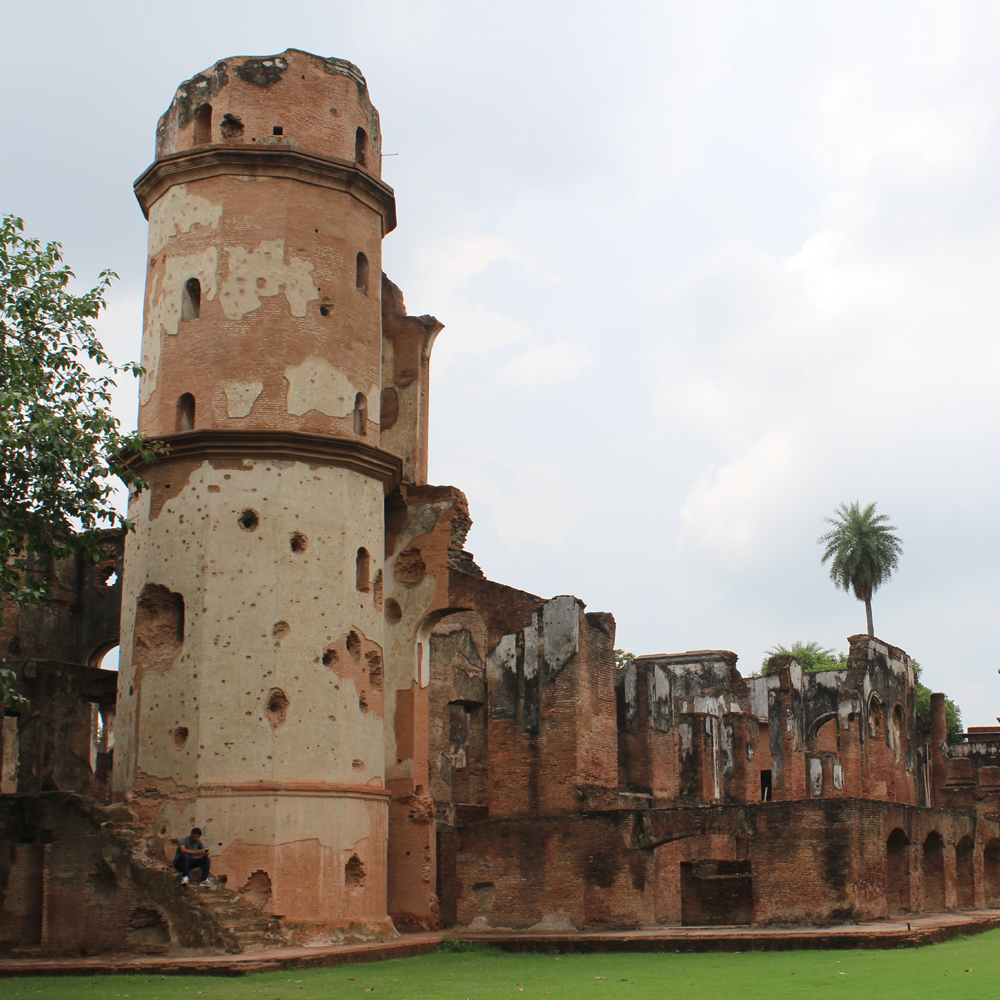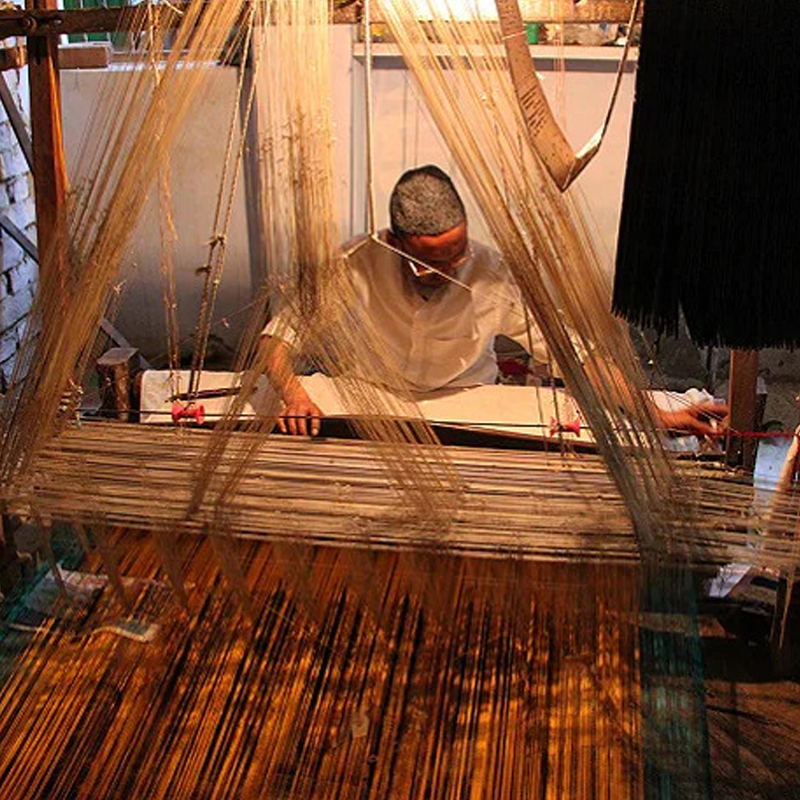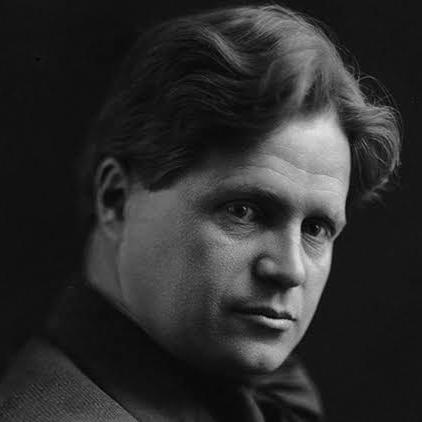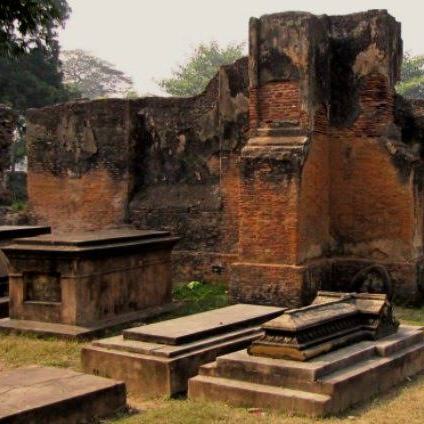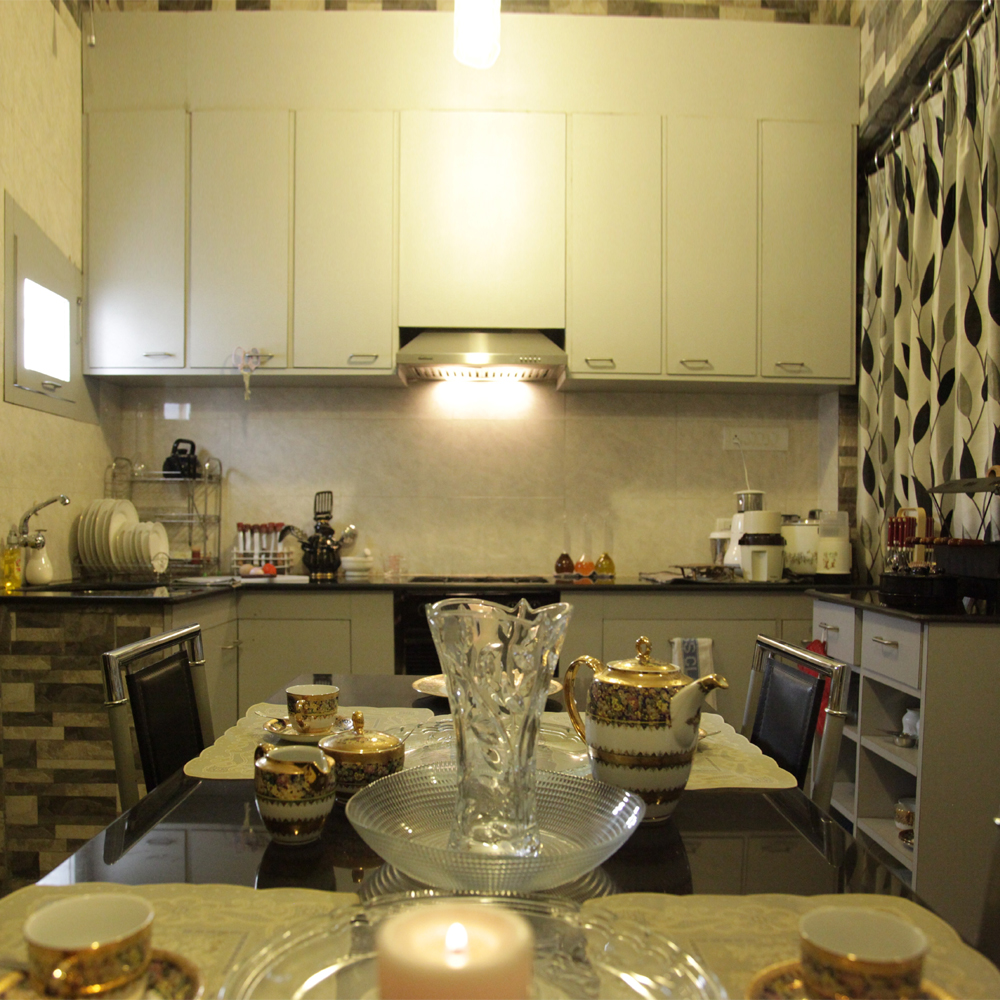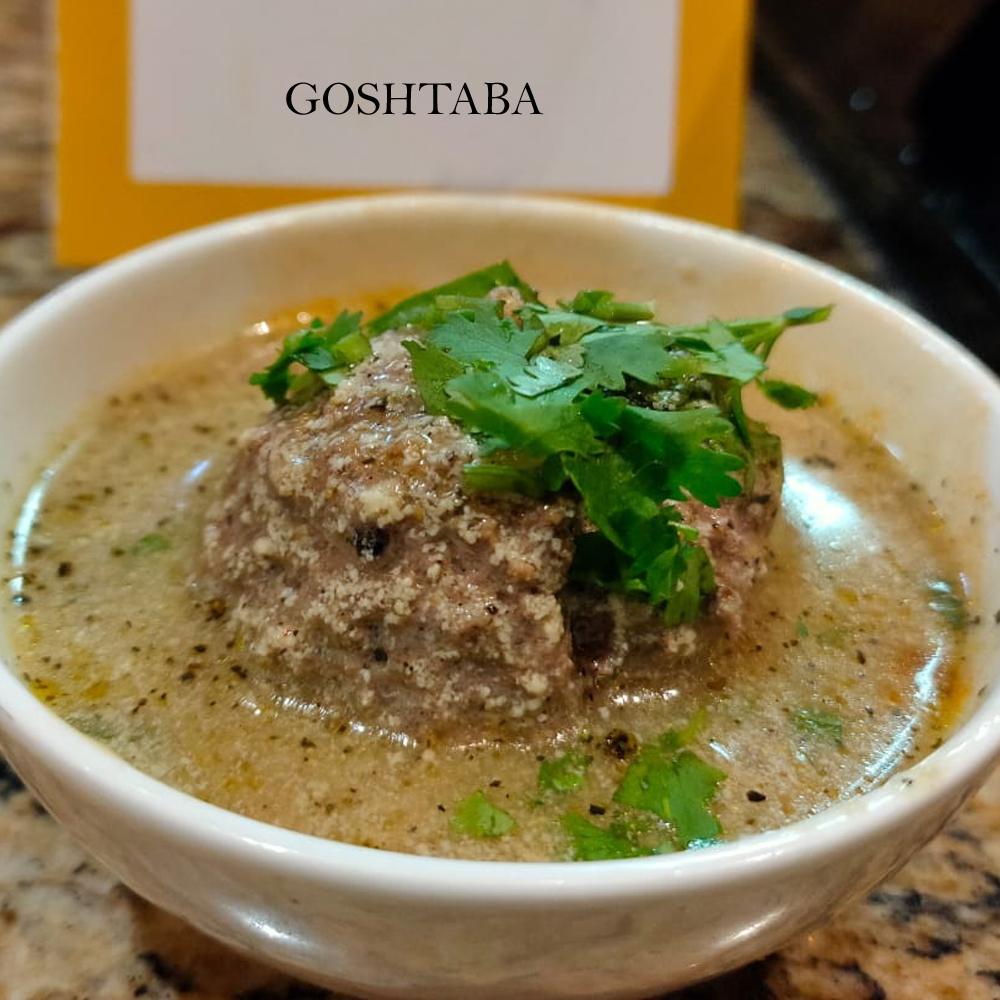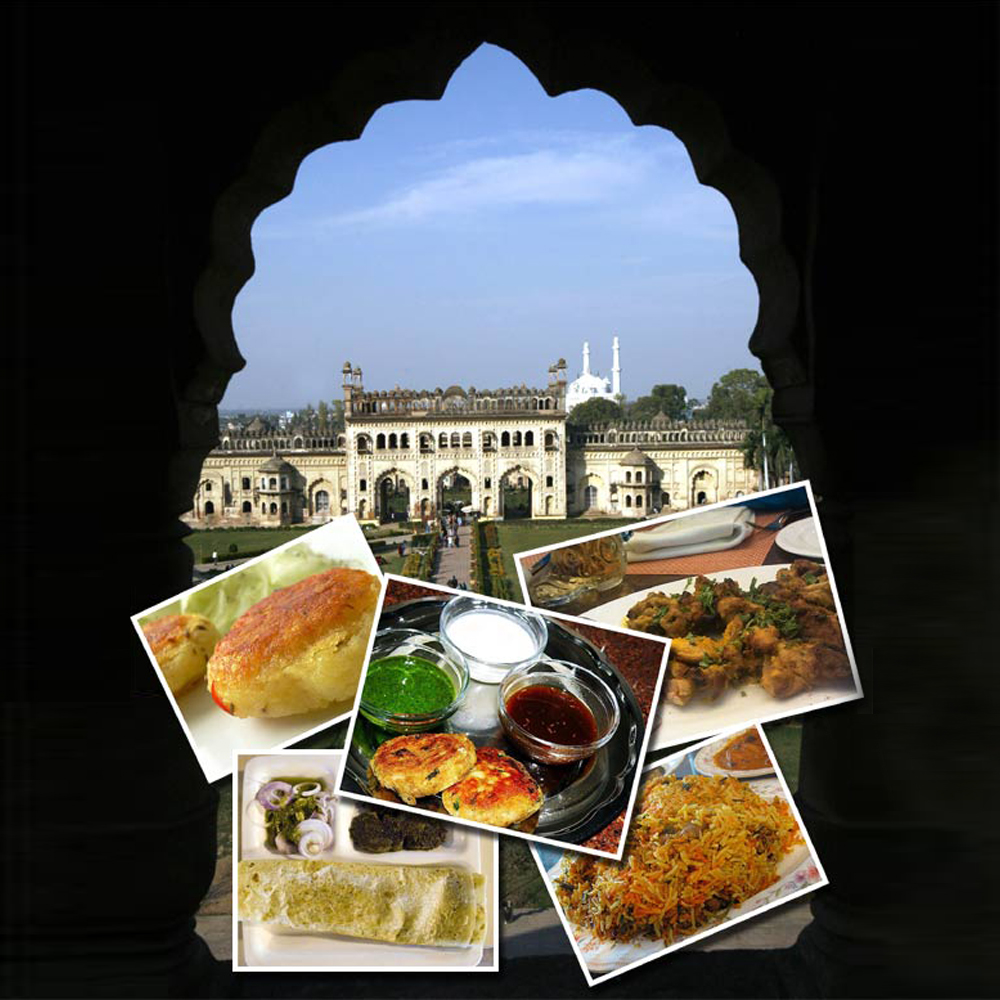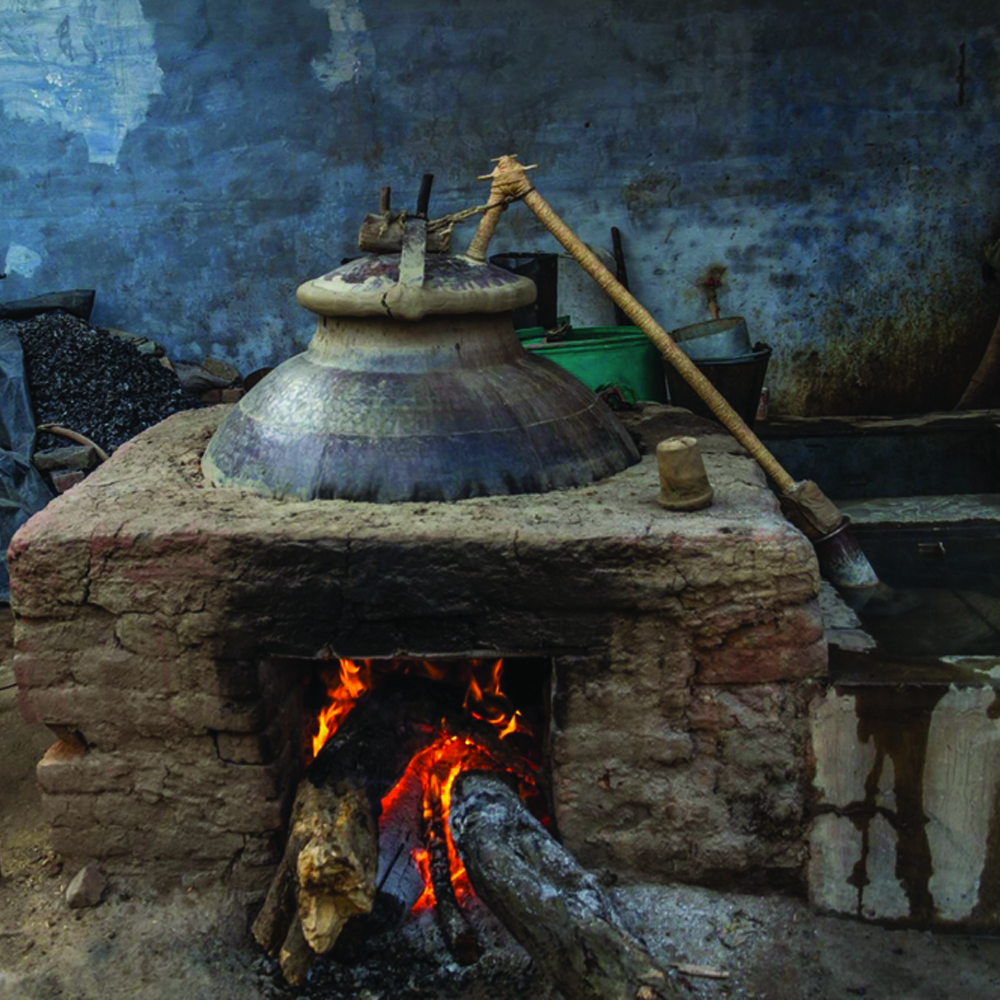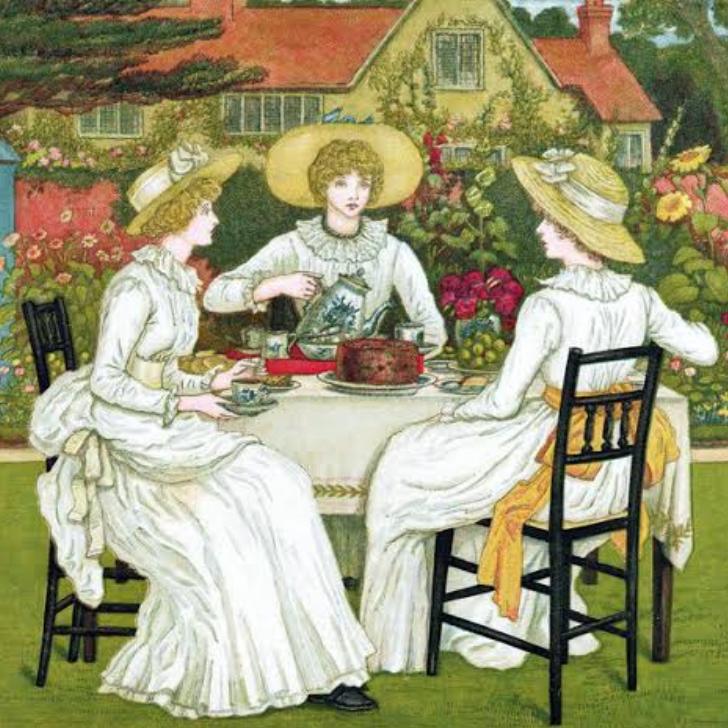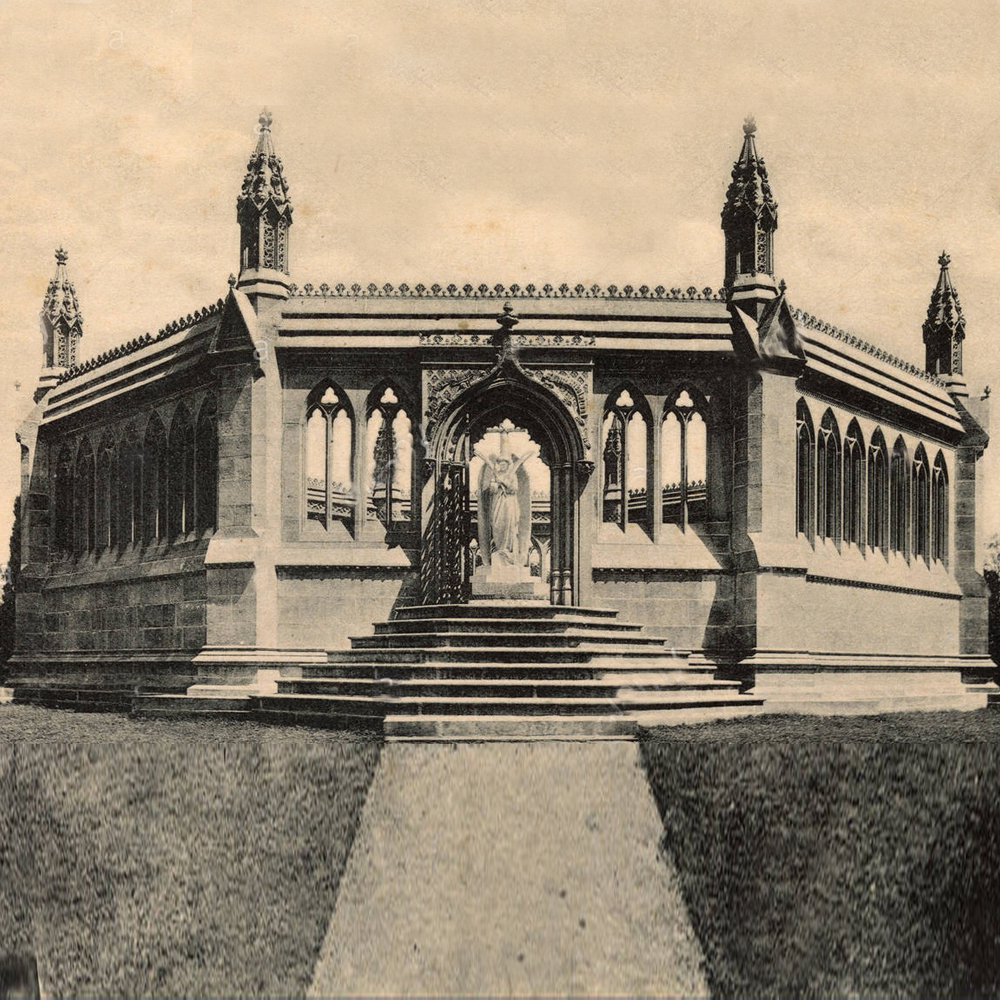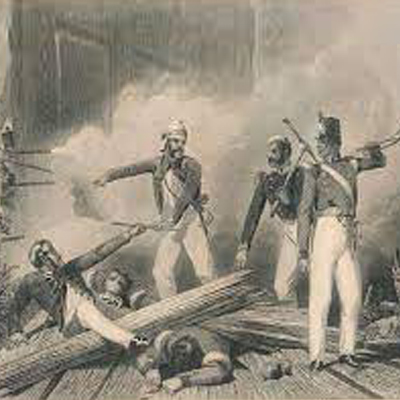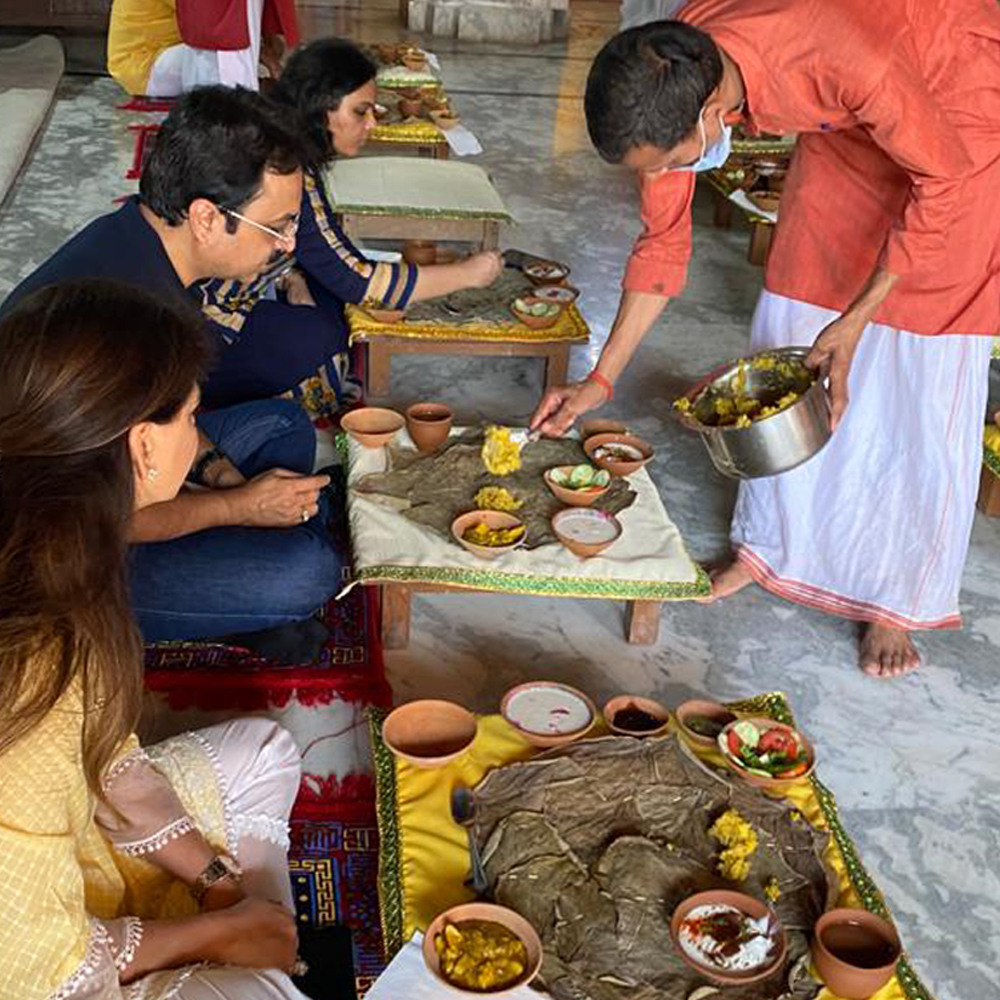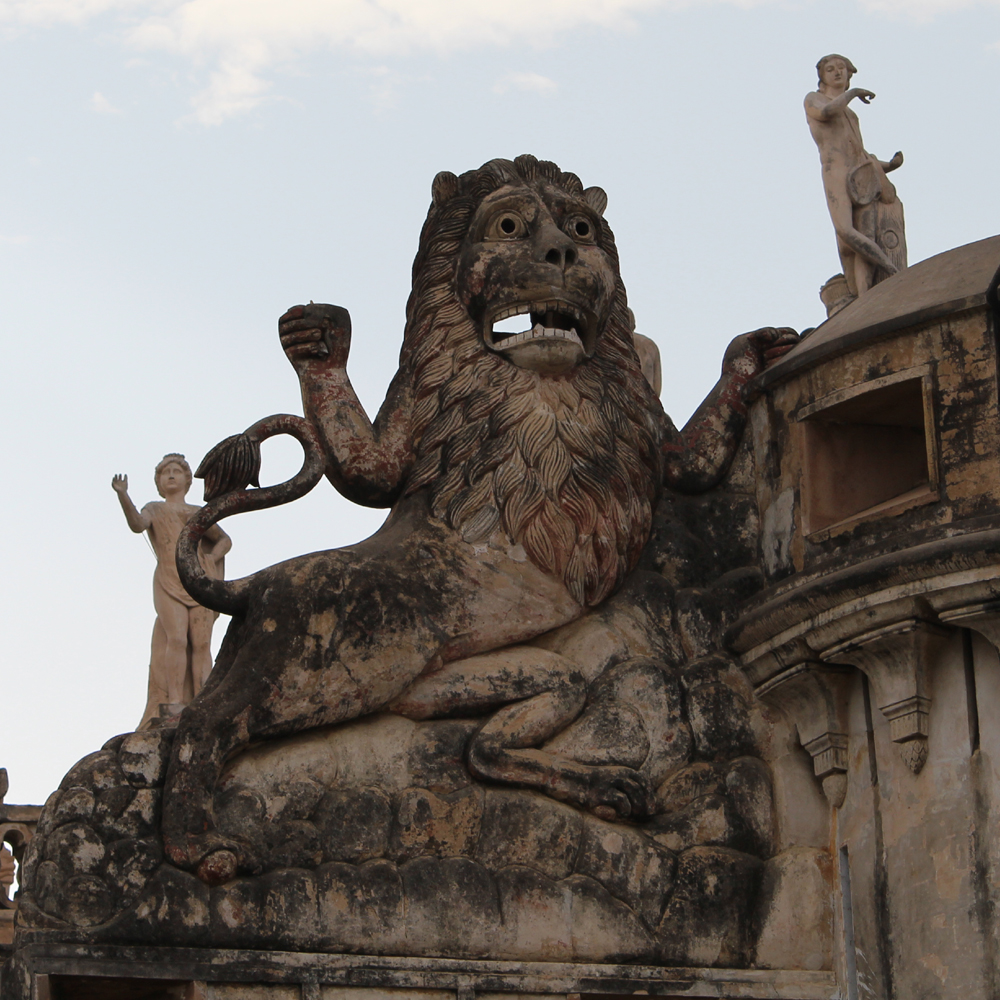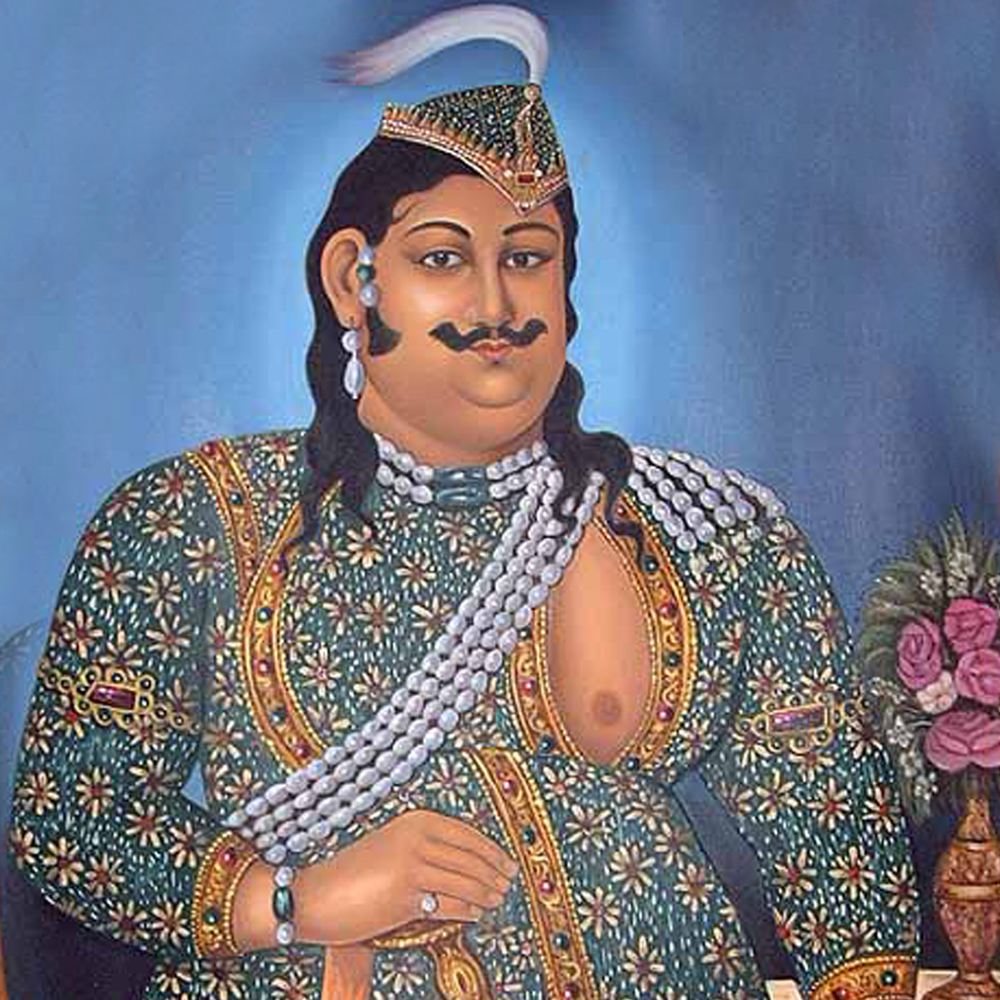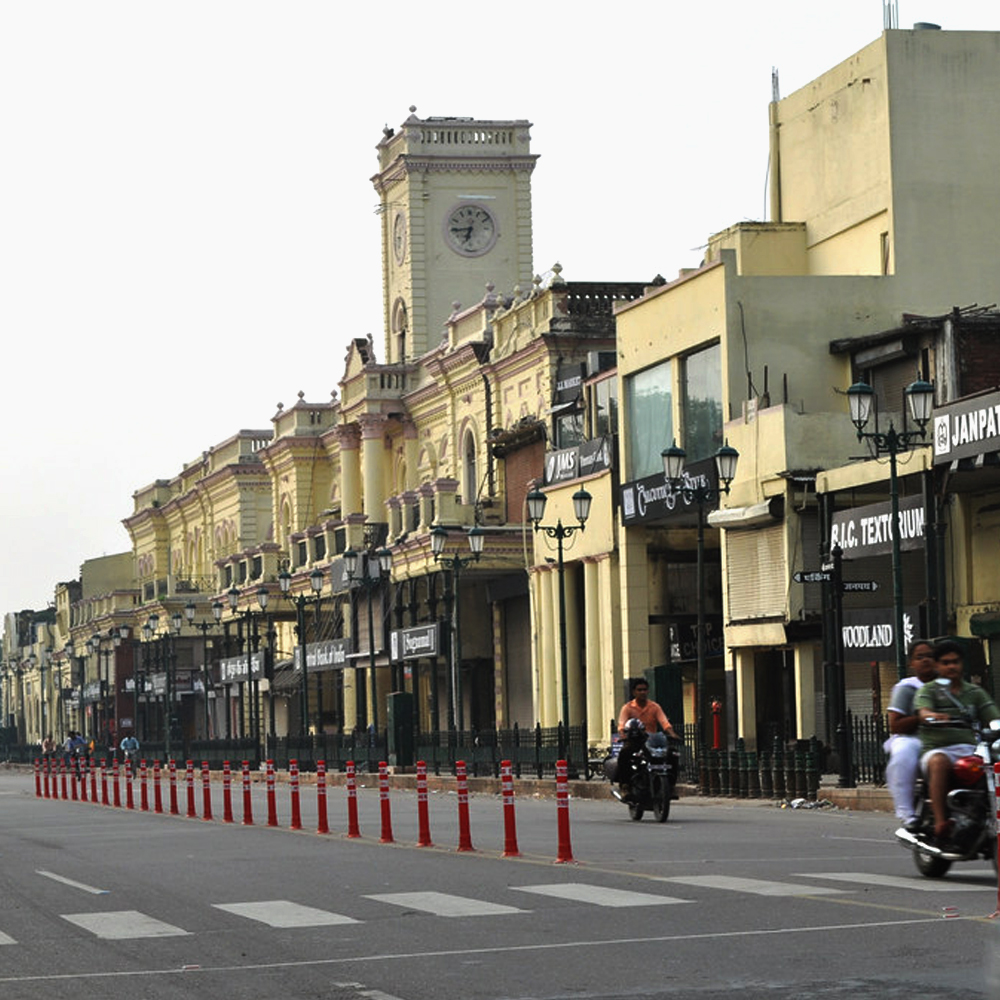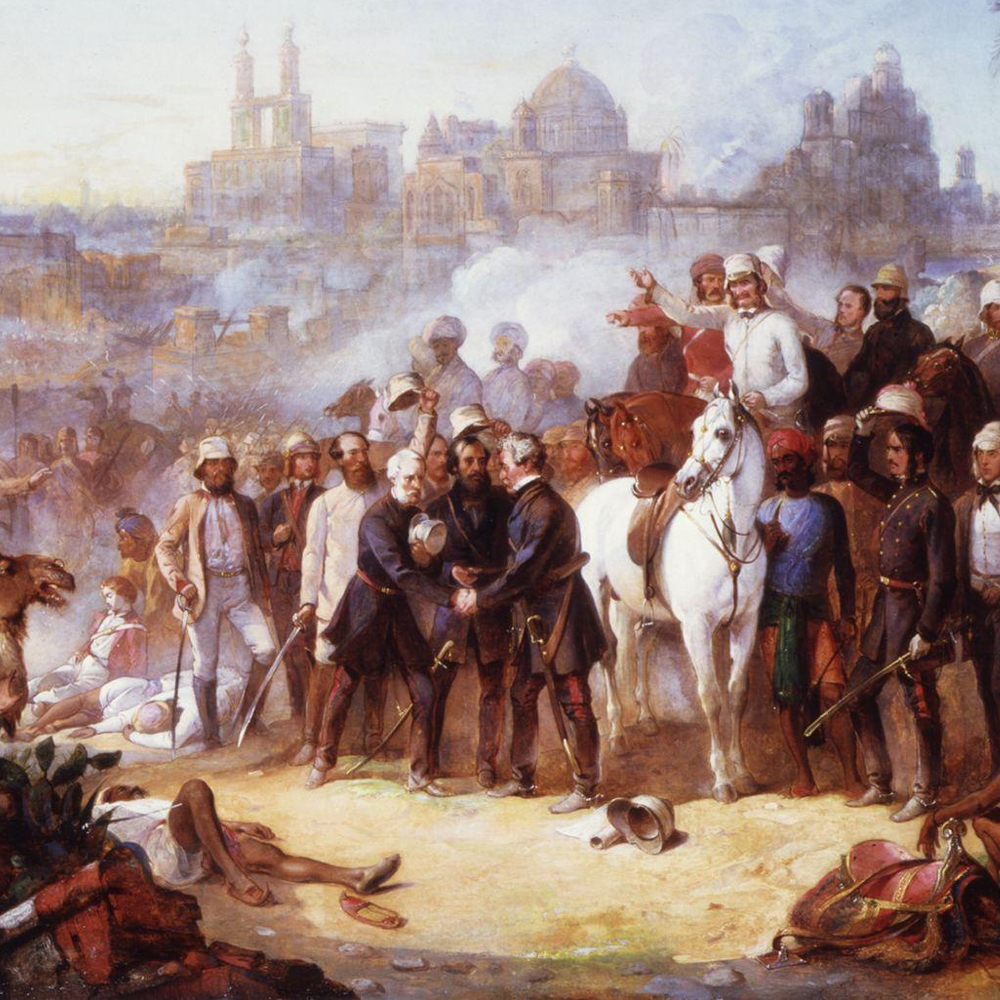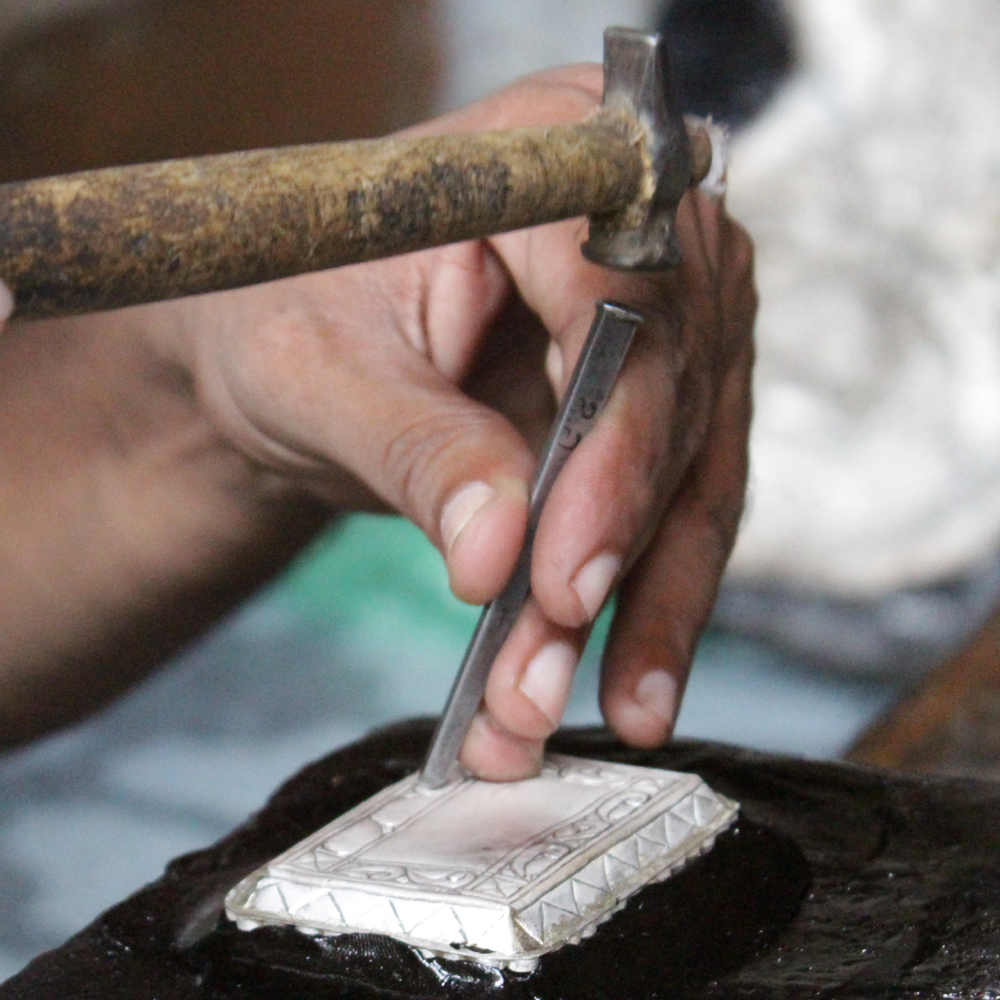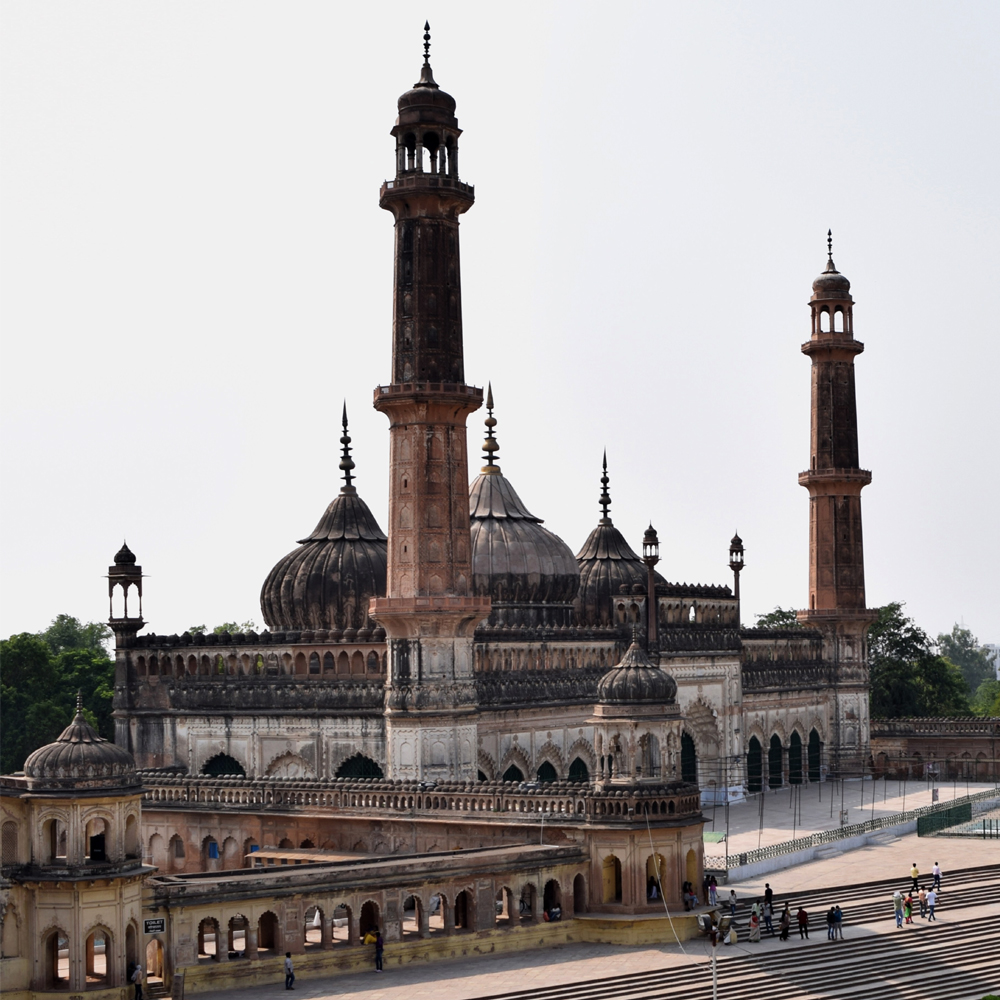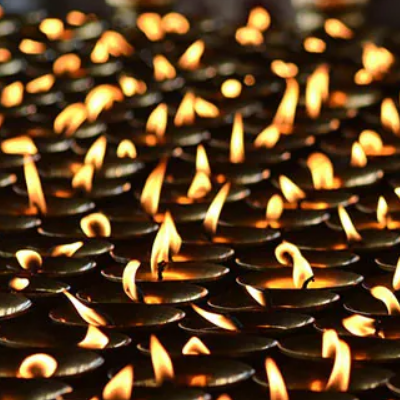Volume: 15, No: 06 ; June-2021
Martin Richard Gubbins was born to Maj. Gen. Joseph Gubbins and his wife Charlotte Bathoe in Nova Scotia in 1812.

Martin Richard Gubbins
His primary education was conducted at his home and later in 1829 Martin Richard Gubbins joined the prestigious Haileybury that was then governed by the East India Company (EIC) to prepare students for EIC’s Services. Martin Gubbins studied and trained here till 1830 when he was 18 years of age. Thereafter Gubbins joined the EIC as a writer on 30th of April the same year. Gubbins set sail to India to join Bengal Civil Services. He married the daughter of Frederick Nepean, Harriet Louisa Nepean in 1841 and in 1846 Martin Richard Gubbins was elevated to the post of Financial Commissioner of Oudh. Gubbins was quite an active and a capable officer but a short tempered person and often was referred as ‘Wrong-Headed’.

Haileybury – where Gubbins studied
Then British Resident of Lahore, Sir Henry Montgomery Lawrence was quite unhappy with the policies of the then Governor General Lord Dalhousie. Lawrence was also unhappy with his own younger brother, John and quite depressed after the death of his wife. For all these reasons Henry Lawrence wanted to quit his job and travel back to England. Just then, Lord Charles Canning took over from Lord Dalhousie and offered Lawrence to take over as the Chief Commissioner of Oudh. This was an irresistible offer for Sir Henry Montgomery Lawrence to which he could not deny and accepted it with pleasure.

Sir Henry Lawrence
When in the early 1857 Sir Henry Montgomery Lawrence took the charge of Oudh from the outgoing Chief Commissioner Coverley Jackson, Jackson who himself was a man of violent nature and short temper, warned Lawrence of Martin Richard Gubbins’ temperament and asked him to handle Gubbins strictly to be able to handle things well in his office in Lucknow. It did not take long for Sir Henry Montgomery Lawrence to understand that Coverley Jackson was quite right. Soon Martin Richard Gubbins started to enter into heated exchange of words and notes with his senior, the new Commissioner of Oudh, Sir Henry Montgomery Lawrence. Gubbins also started writing directly to Charles Canning in Calcutta complaining against and maligning Lawrence’s image. In one of his letter against Lawrence, Gubbins wrote: “Sir Henry Lawrence came to us attenuated and weak”, he continued to write “Sir Henry Lawrence is no longer, I think, firm not his mental vision clear.” Lord Charles Canning was a seasoned man and could read through the letter and understand the personality of Martin Richard Gubbins. Canning told Henry Lawrence, “I am sure that it will be necessary for you to keep a close watch and a tight hand upon that officer (Martin Richard Gubbins)”
At one point Martin Richard Gubbins was assigned to receive Nana Sahib who travelled to from his palace in Bithoor (near Cawnpore, now called Kanpur) to Lucknow. Nana Sahib was considered to be good friends with the British in Cawnpore but Gubbins in his capacity of the Financial Officer of Oudh treated him arrogantly and at least not the way Nana Sahib would have been treated in his own region of Bithoor and Cawnpore. Probably Gubbins was the one to smell Nana’s foul intentions much in advance than anyone else could.

Nana Sahib, Raja of Bithoor
Gubbins was of the opinion that the British stationed here were taking the crisis of 1857 quite lightly and that this casual approach could result in something very devastating. Based on this perception, Gubbins turned his huge house within the Residency complex into a war-ready position. An architect and about 75 local men were taken by him to dig up trenches and secure the walls around the house, like a small fort of sorts. Call it his foresightedness or his over-careful personality, but he surely proved right at a later stage.

Gubbins House in Residency (artist impression)
On 30th day of May in 1857 the revolt in Lucknow began when the stationed troops revolted against the British officers. European families were now reaching the Residency to secure themselves in the British stronghold which they found secured and protected. By the middle of June in entire Oudh there wasn’t any British representative and the rebellion had by now spread all over. An intelligence report stated that the rebel forces were not so heavily armed and quite weak on many counts, but Martin Richard Gubbins refused to endorse it, and his opinion was otherwise. Gubbins requested Henry Lawrence to disband the native soldiers to control the situation but this was not accepted by Lawrence as he thought the situation may worsen further. Gubbins remarked, “Well, Sir Henry, we shall all be branded at the bar of history as cowards!” After this exchange between Gubbins and Lawrence, Gubbins was not taken into confidence, even not informed about the forces being sent to Chinhut on 30th of June 1857 for the battle. Many, including Lawrence considered Gubbins to be aggressive and restless.
Gubbins came to know about the massacre at Sati Chaura Ghat in Cawnpore through the two witnesses who reached Lucknow, after which the British in Lucknow realized that negotiations or a soft approach may not be a solution and that it’s going to be a battle between the rebels and them. There was a fellow officer who during his conversation with Gubbins asked him that in the eventuality of enemy entering the house and killing any one of the two, the survivor among the two should shoot the surviving wives dead so as to protect her from the enemy. To this Gubbins did not agree.
On 20th day of July, Martin Richard Gubbins got embroiled in the attack like all others in the Residency. Gubbins was a good shooter and an able sportsman. The attack only worsened on 21 June when he got hold of two guns and positioned himself atop a house and fired on the rebels in the adjoining lane. For cover the rebels took refuge in a covered verandah of Lt. Grant who had a post there. Grant had escaped from Duriabad and took refuge in the Lucknow Residency, commanding this post, Grant bastion. Rebels started digging into the walls of Grant bastion to be able to enter the post. Gubbins then strengthened his post by building barricades around it and once gain stationed himself on the rooftop. Just then he heard a thud behind him, this was Major John Banks who fell dead after a bullet hit his forehead. In spite of this casualty and the position being not so secured, Gubbins held on to it till reinforcement of mortar reached and shelling made the rebels retreat. Gubbins now settled to have dinner but the day continued to be eventful as a stray bullet entered his home through a window and struck Dr. William Brydon, Assistant Surgeon (Brydon was the only survivor from Cabul (Kabul) in 1842) who was here with Gubbins at the Residency.
Next day, by evening Gubbins was too tiered and retired to bed in the evening. His sleep was disturbed in the midnight when one Angad Tiwari, a messenger reached Gubbins with the news that Gen Henry Havelock with his limited force and very few guns had defeated Nana Sahib in Cawnpore on three occasions. Gubbins wrote a note for Brig. John Eardley Inglis, sending it through Angad Tiwari asking him if he would like to write a letter to Havelock who still was in Cawnpore. Brigadier Inglis told Angad that he doesn’t want to send any message for Gen Havelock and asked him to go back to Gubbins. Gubbins then wrote a letter and when he had finished writing, Lt. Birch of 59th Native Light Infantry approached Gubbins saying that Brig. Inglis would like to send a message for Havelock and that Angad should wait. To this, Angad Tiwari was stopped by Gubbins so that the letter by Inglis could reach him. Angad was insistent on leaving without waiting anymore, so Gubbins handed him over his letter that he had written to Gen Henry Havelock. This episode made Brig John Eardley Inglis furious and relations between Martin Richard Gubbins and Brig John Eardley Inglis soured further when Gubbins was handed over the charge of Major John Banks, the position that was denied to him about 21 days ago.

Brig. John Eardley Inglis
Once again Angad Tiwari came to Lucknow Residency on 25th June carrying a letter written by one Lt. Col. Bannatyne Fraser Tytler, Deputy Assistant Quartermaster General with Gen Henry Havelock, reassuring the besieged in the Residency that the relief force had good number of men and guns and that they will be destroying each who tries to stop their march to Lucknow. The message also informed them that Nana Sahib was not only crushed but also his stronghold and the palace in Bithoor was destroyed. Further, it informed that the relief contingent will reach Lucknow in another six days at the most. This news brought cheer and confidence among the ones who were in the Lucknow Residency. Angad Tiwari was much in demand and all wanted to listen to him for an eye witness account of encounters and defeat of Nana Sahib in Cawnpore. So many sat around him in a circle, with Angad made to sit in the middle, narrating the story and answering questions. All this boosted the morale of the forces in Residency and rebuilt the confidence. Angad Tiwari left Residency two days later with plans, maps and letters. One of the letters from Inglis also mentioned that Maj. Bank’s position was vacant and had not been filled since he died.
The days passed and there was no sign of relief forces. All looked with hope for any announcement but felt disappointed at the end of each day. Forces in the Residency doubted the letter written by Gubbins to Havelock, which they believed, might not have correctly mentioned the real situation in the Residency thus relief forces under Havelock’s command are taking long to reach, not sighting any great emergency in Lucknow. After all it was August already and there was no sight of any reinforcement yet. Gubbins denied this allegation and was of the opinion that the relief forces might have been facing another battle on their way to Lucknow or they would have been stuck at Bani Bridge just outside Lucknow, which presumably must have broken. On 2nd August 1857, Brig John Eardley Inglis wrote a letter to Martin Richard Gubbins questioning him about his communication with Gen Henry Havelock:
“Not having received any intelligence of our reinforcements, and no distant firing being heard, I naturally feel anxious of its whereabouts. In your letter to the Officer Commanding to which you have received an answer did you give him a probable estimate of the Force likely to oppose him en route to this place and did you mention the strong position of the Bani bridge? I am aware you kept no copy of your letter but perhaps you can remember the two questions above mentioned.”
This letter from Inglis to Gubbins was not replied by Gubbins and then a letter was written by Inglis to Havelock requesting him to share the contents of the letter he had earlier received from Gubbins. Brig. Inglis also now wrote that they only had provisions to last for another 20 days or so, and that even though they had guns and ammunition but not enough men left to handle these due to heavy loss of lives in the Residency.
On 10th day of August rebels blasted 2 mines, one was near Johannes’ house who was an Armenian merchant, while another was at the Elizabeth Sago’s who was a teacher and would teach the children of Europeans and elite Indians within the Residency. Rebel forces advanced in full strength towards the garrison, putting up ladders to scale the walls. Though they had to retreat under heavy firing from within the Residency by the British, this episode inflicted great casualties on the defenders of the Residency. Gubbins though an able marksman, only now realised the challenge of firing from a rifle with a precise aim on a fleeing target. He rather found a musket which had about 10 bullets a better gun to shoot the targets in such circumstances.
On 15th August Angad Tiwari again came to the Residency with a message for Gubbins from Fraser Tytler which was dated 4 August and was a bit distressing. It read: “We hope to reach you in four days at furthest. You must aid us in every way, even to cutting your way out, if we can’t cut our way in. We are only a small force.”
Probably, Havelock was not aware of the condition of Lucknow which was going from bad to worse by each passing day. Gubbins showed this message of Havelock to Inglis and advised that they should now clearly mention the grave situation that Lucknow was in and show the urgency for relief forces to be sent to Lucknow. Inglis in spite of his differences with Gubbins agreed to this. Also when Inglis drafted the letter he brought it to Gubbins at his house for a final check, before dispatching it to Gen Henry Havelock. On going through the draft, Gubbins was of the opinion that they were being too pessimistic in their description of the situation and this might put undue pressure on Havelock to make his way to Lucknow without organising the relief forces well. While Inglis disagreed with Gubbins’ observation and an unchanged letter was given to the messenger Angad Tiwari to be handed over to Havelock.
Another letter by Gubbins to Havelock was written on September 1st which was equally narrating the grim situation in Lucknow and particularly in the Residency. This letter also mentioned that by his order no civilian officer was now allowed to correspond with anyone (Havelock). An official communiqué was also sent out within the garrison in this regard to restrict any civilian officer to correspond. Gubbins got this letter of restriction through Capt. Wilson an aide of Brig. Inglis:
“I am directed by Brigadier Inglis Commanding to acknowledge your letter No. 6 of this date to his address in which you express your regret that General Havelock and the Government of India should be deprived of your opinion regarding our position and also lament that your proposed dispatch to General Havelock was not suffered to be forwarded to that officer.
- In reply I am instructed to state that the Brigadier’s letter of the 16th Ultimo was shown to several officers of experience in this garrison whose unanimous opinion was that the Brigadier had underrated rather than overstated the gravity of our position. You are aware that your dispatch was calculated to convey to General Havelock that there was no necessity whatever for his immediate advance.
- Under the above circumstances the Brigadier is of the opinion that both the General and the Government of India will agree that he was right in refusing to allow a dispatch so calculated to mislead to be forwarded to that officer who has however been informed that you have been prohibited from corresponding with his camp.
I have the honour etc.”
By means of this communication, Gubbins was not in any position now and was cornered by Brig. Inglis.
Angad Tiwari was earning quite a lot by running errands. He had already earned a thousand pounds and another 500 was promised to him for another journey. On 22 September, Angad carried a letter from James Outram who had joined Gen. Henry Havelock in Cawnpore on 5 September 1857, warning that when the relief forces enter Lucknow, rebels might launch a pitched battle on the Residency in desperation.
When on 25th of September Henry Havelock with James Outram reached with the relief forces to free Lucknow, Gubbins’ house in Lucknow Residency was destroyed by 21 pound shell that had landed on the top floor. The women who were in shelter here had to take refuge in another house that belonged to Manatom Collincwood Ommanney, the Judicial Commissioner of Oudh and in the mess nearby.

Ommaney – plaque in the Lucknow Residency (where women were shifted from Gubbins’ house)
In spite of the food shortage in the Residency, Gubbins had no dearth of it and nor did any who had taken shelter at his house. A lot of packed food that included salmon, carrots and rice pudding was available in abundance. Gubbins’ cellar too was quite a treat with sherry, champagne and claret. Even when Havelock was sick he was served some nice sherry at occasions. Gubbins’ wife Harriet Louisa Nepean during these three months of being holed up in the Residency, continued with her ritualistic sessions of tea, thrice a day which was served to her with sugar and goat milk (Gubbins had quite a few goats that were used for milk and meat – quite a respite during the siege!).
Luckily, Martin Richard Gubbins came out safe from the Residency on the intervening night of 22nd/ 23rd Nov and travelled to Cawnpore where he fell ill and retired from active service to travel back to England. Though Gubbins was in the front and played a very crucial role in the Mutiny of 1857 while defending the Residency, Brig. Inglis due to his differences with Gubbins, chose not to highlight his name in any of his correspondence with regard to the brave civilians who too were in the forefront along with the military to fight the rebels. On the contrary Gubbins praised Inglis for his role and heroic deeds in his works.
Gubbins once again travelled to India in the capacity of his new appointment as the Judge of the Supreme Court of Agra though he could not continue for long as his health once gain betrayed him and he had to leave this job as well in 1862.
Martin Richard Gubbins sailed back to England and was a victim of severe mental illness, committing suicide by hanging himself to death on 6th day of May 1863 in Somerset House at Royal Leamington Spa. He unfortunately died an unsung hero of the Indian Mutiny but his role cannot be diminished only because he was a short tempered or he had differences with his superiors.
Martin Richard Gubbins’ is credited with writing a book ‘The Mutinies in Oudh’ based on the siege of Lucknow. There were two parts of this, one of which was destroyed in a shipwreck while being sent to England for publication and that was about Havelock’s forces written by his son. This volume was rewritten by Gubbins himself after he reached England. The book was published in 1858 and became so popular that in the later part of the same year its 3rd edition had to be printed.

Mutinies In Oudh by Martin Richard Gubbins (Originally published in 1858)
| Gubbins was survived by his son John Harington Gubbins CMG (Companion of the Order of St Michael and St George) who was born in India on 24 January 1852 and went on to become a linguist and a British diplomat. John died in 1929 in Edinburgh, Scotland and the family continued to be illustrious with his son (grandson Martin Richard Gubbins and Harriet Louisa Nepean), Major-General Sir Colin McVean Gubbins KCMG DSO MC (Born in 1896 out of the wedlock of John Harington Gubbins then aged 41 and Helen aged 24). Major-General Sir Colin McVean Gubbins lived till 11 February 1976 and earned laurels in the Second World War and the family tree kept moving with his son Michel Gubbins born in 1921 out of his wedlock with Norah Creina Somerville Warren. Little is known thereafter about the immedeate family. |
LUCKNOWLEDGE is an initiative by Tornos. We do not intend to intrude your privacy and thus have an automated UNSUBSCRIBE system. At any point you may unsubscribe to our e-column or subscribe to it again through a link on our website. The above article is shared and in no way intends to violate any copy right or intellectual rights that always remains with the writer/publisher. This e-column is a platform to share an article/event/update with the netizens and educate them about Destination Lucknow.











